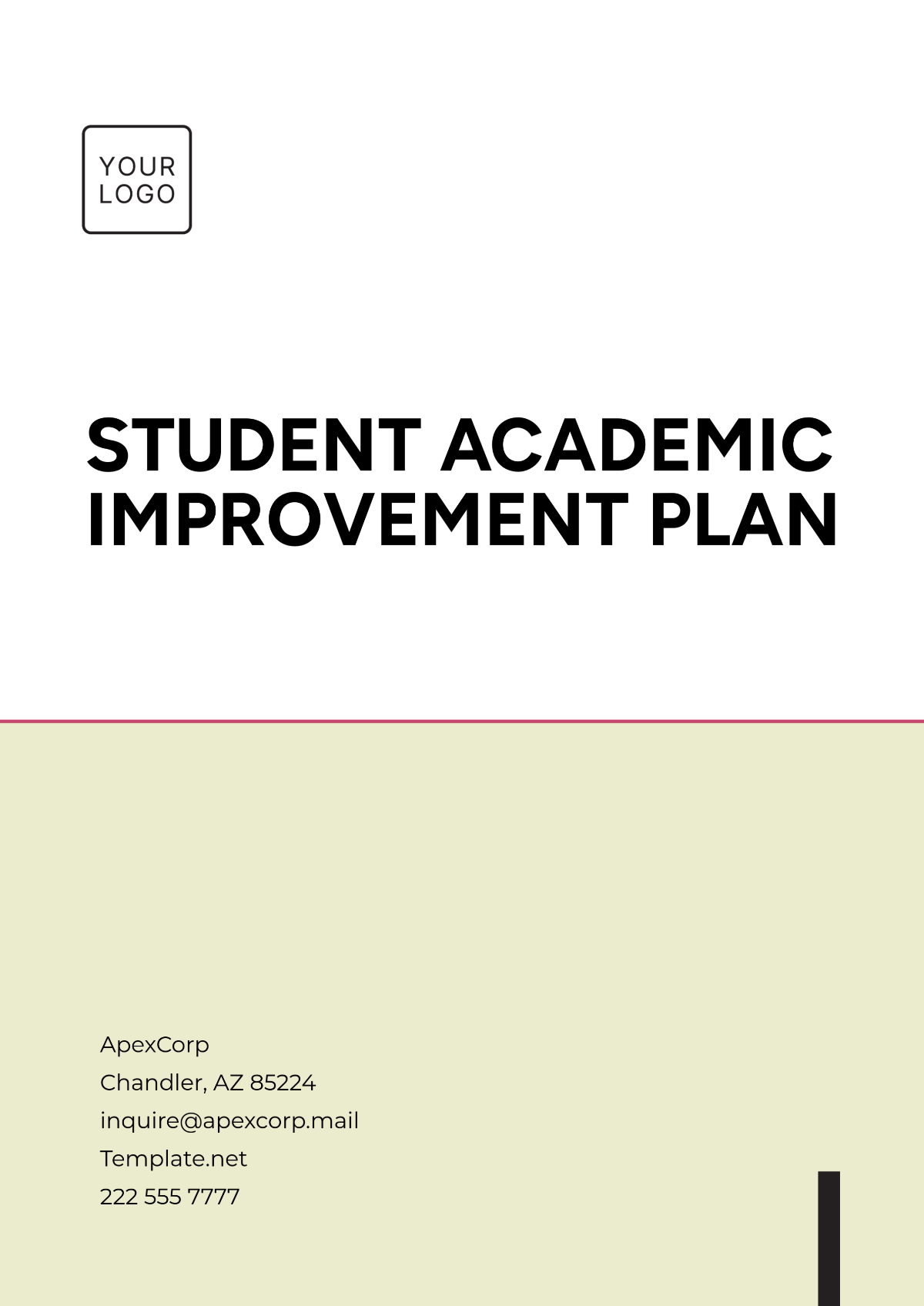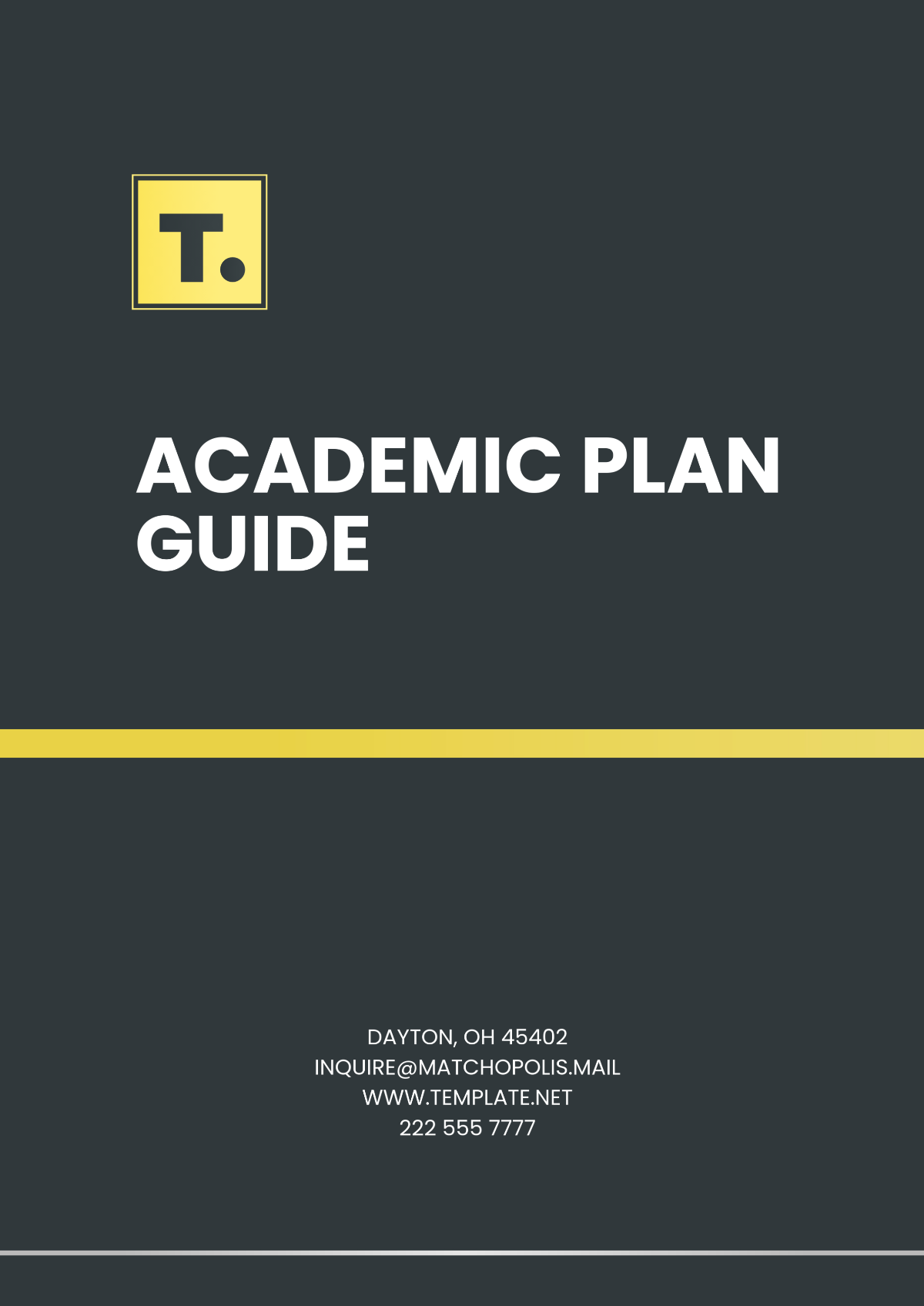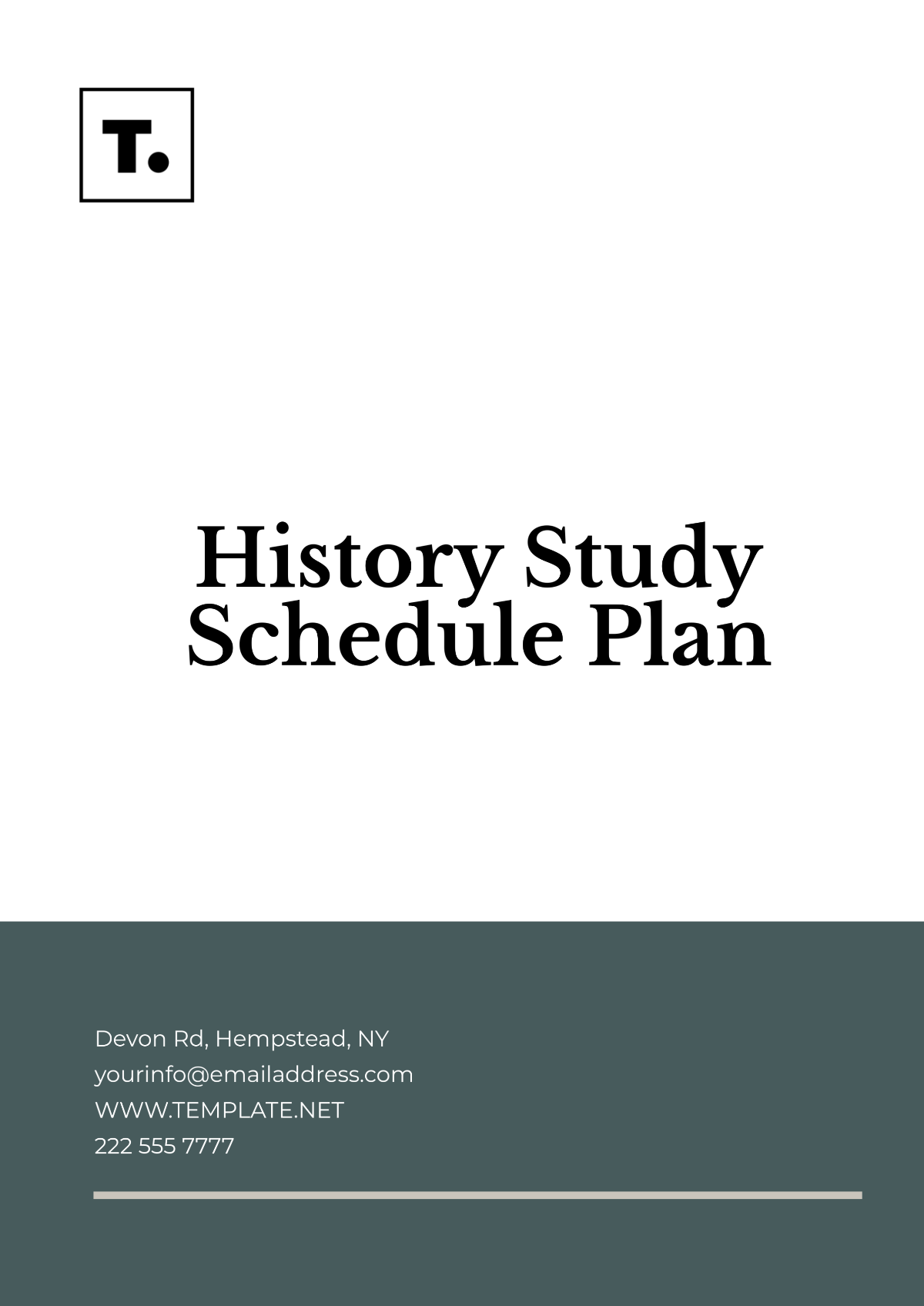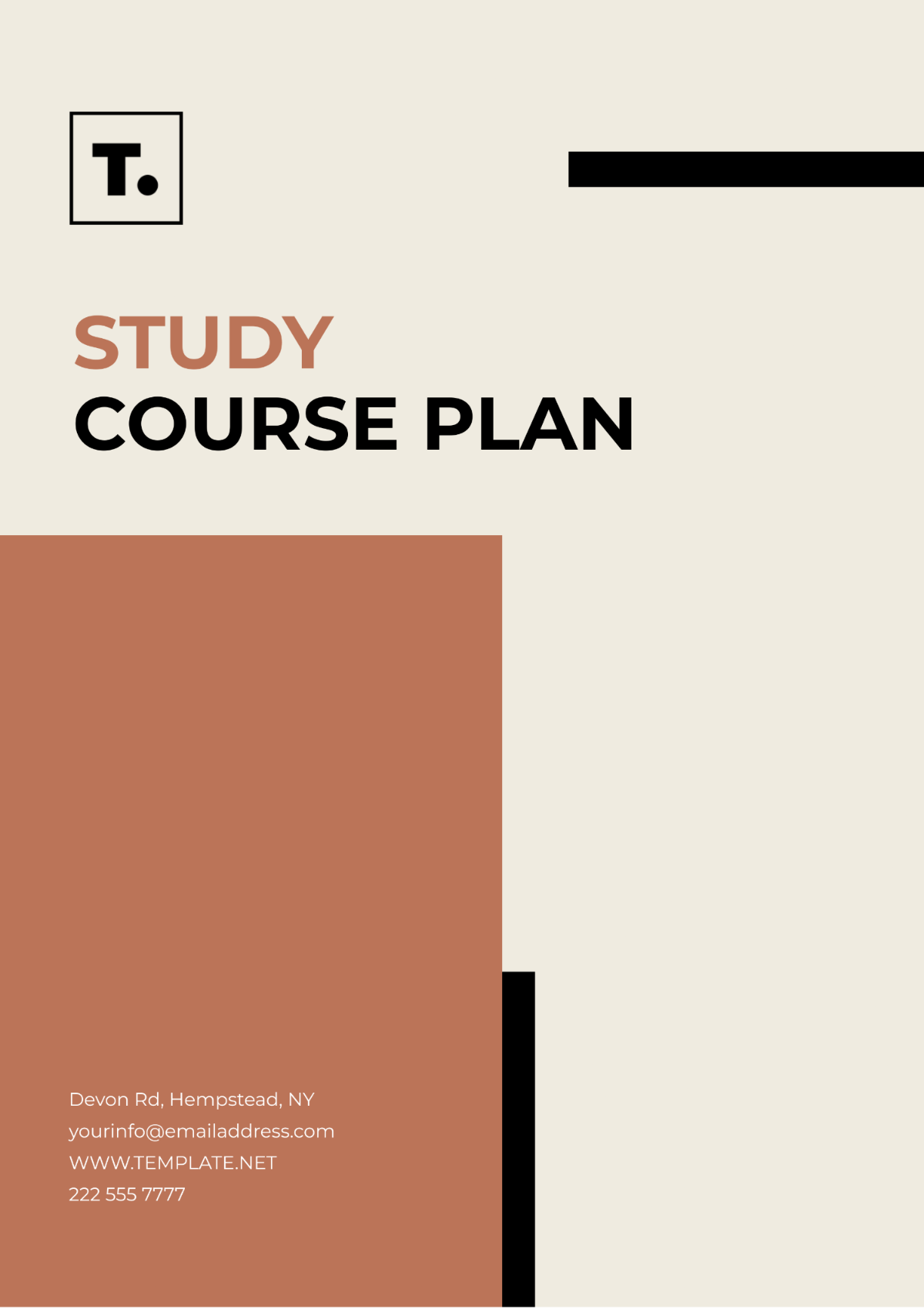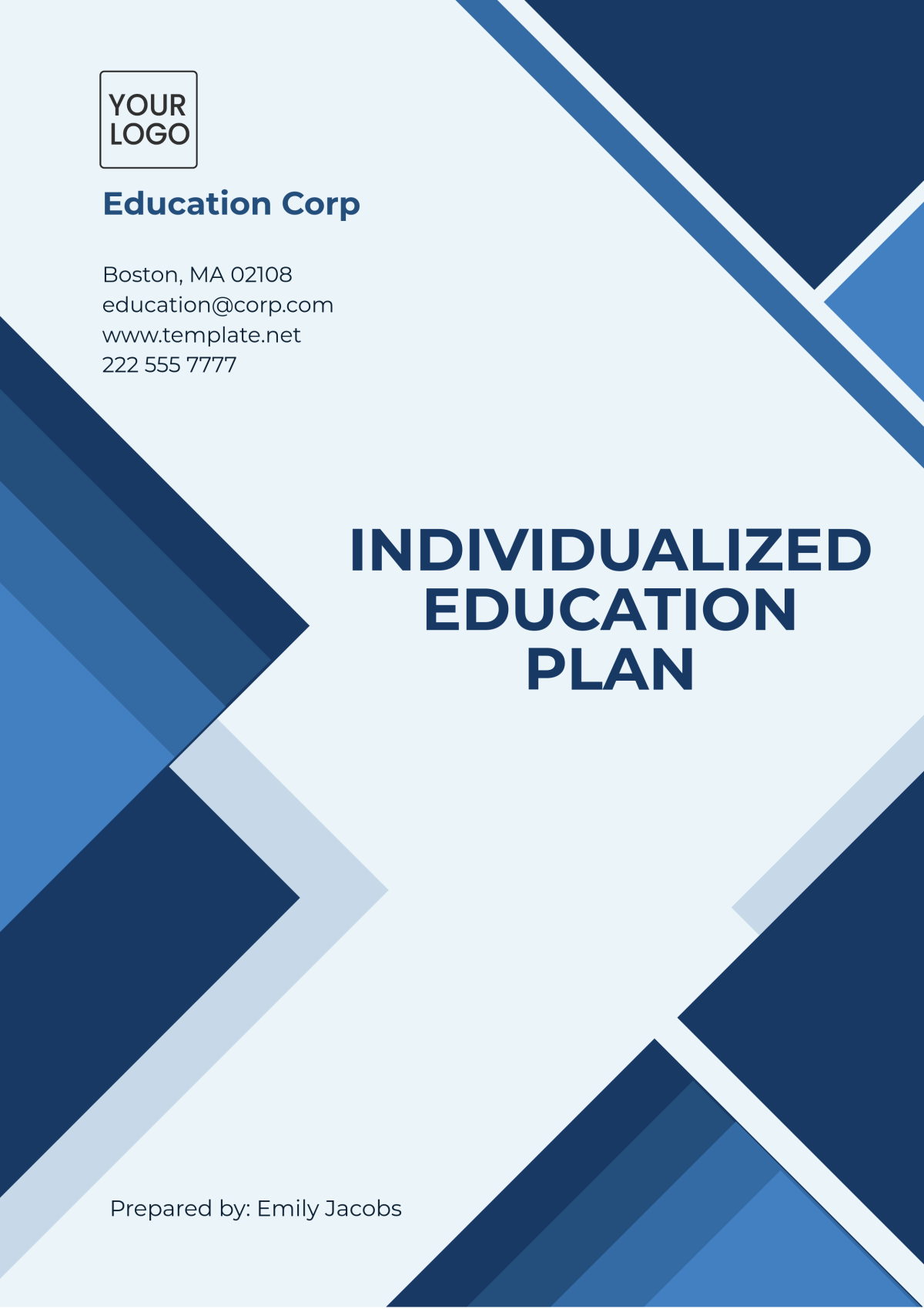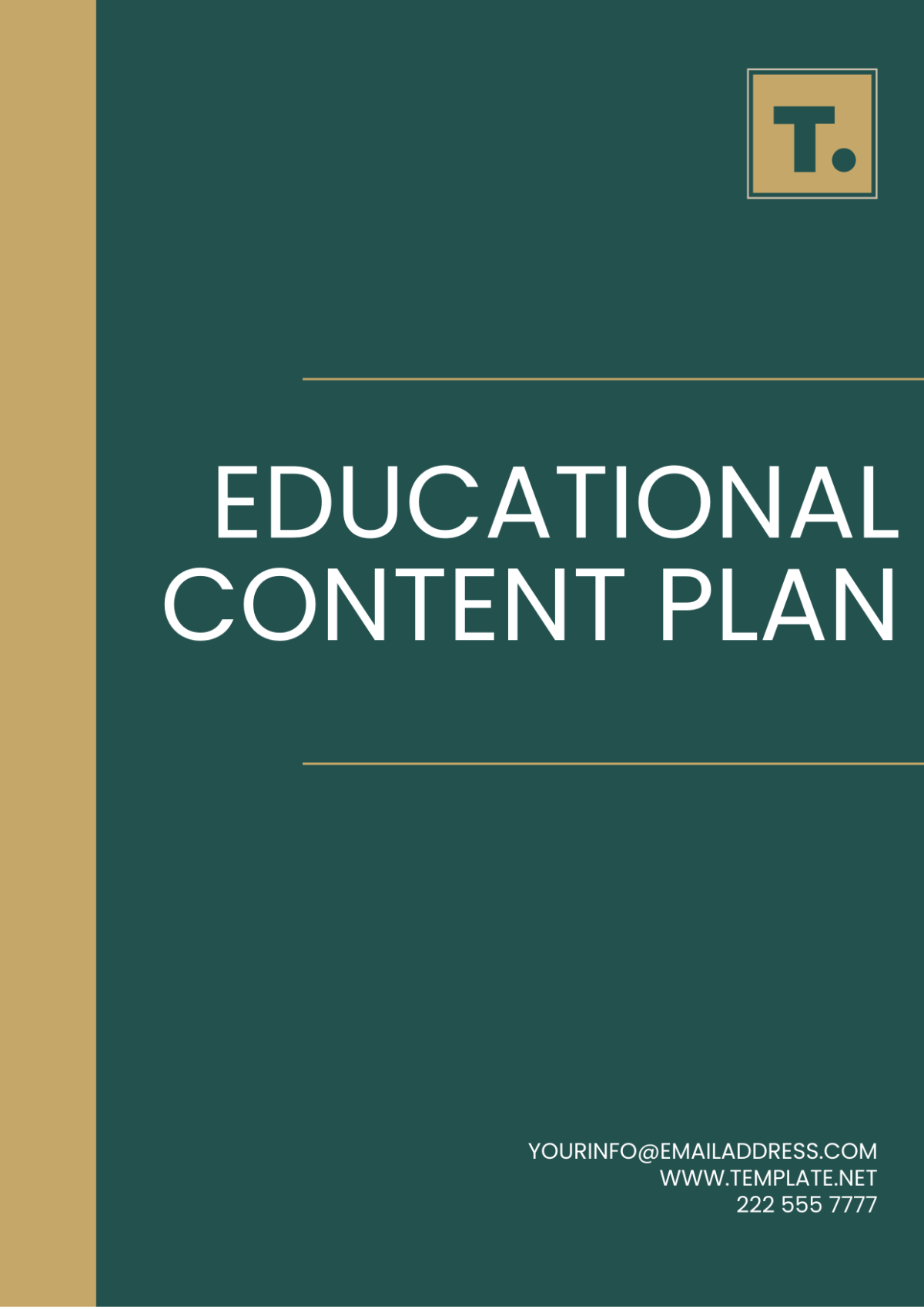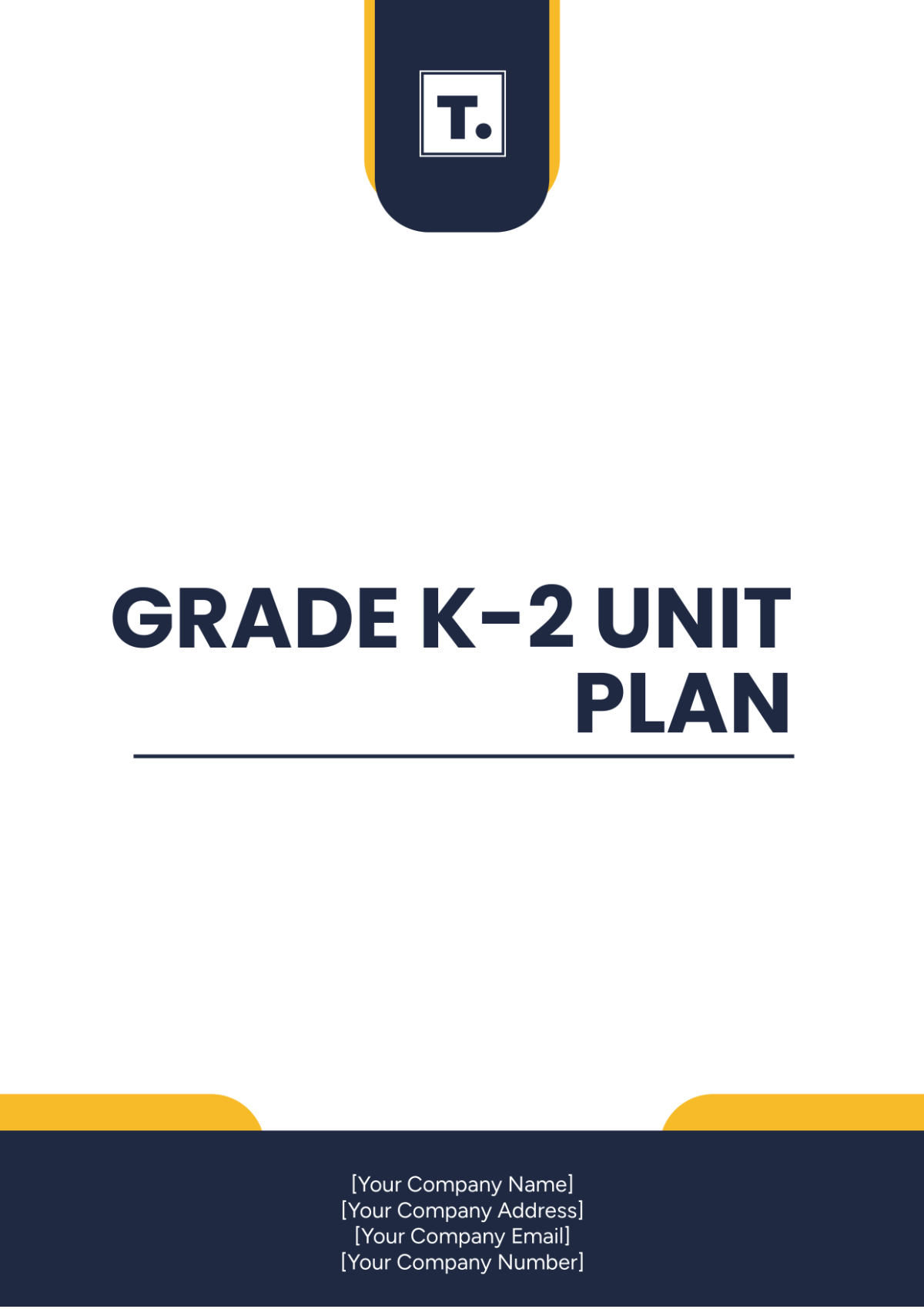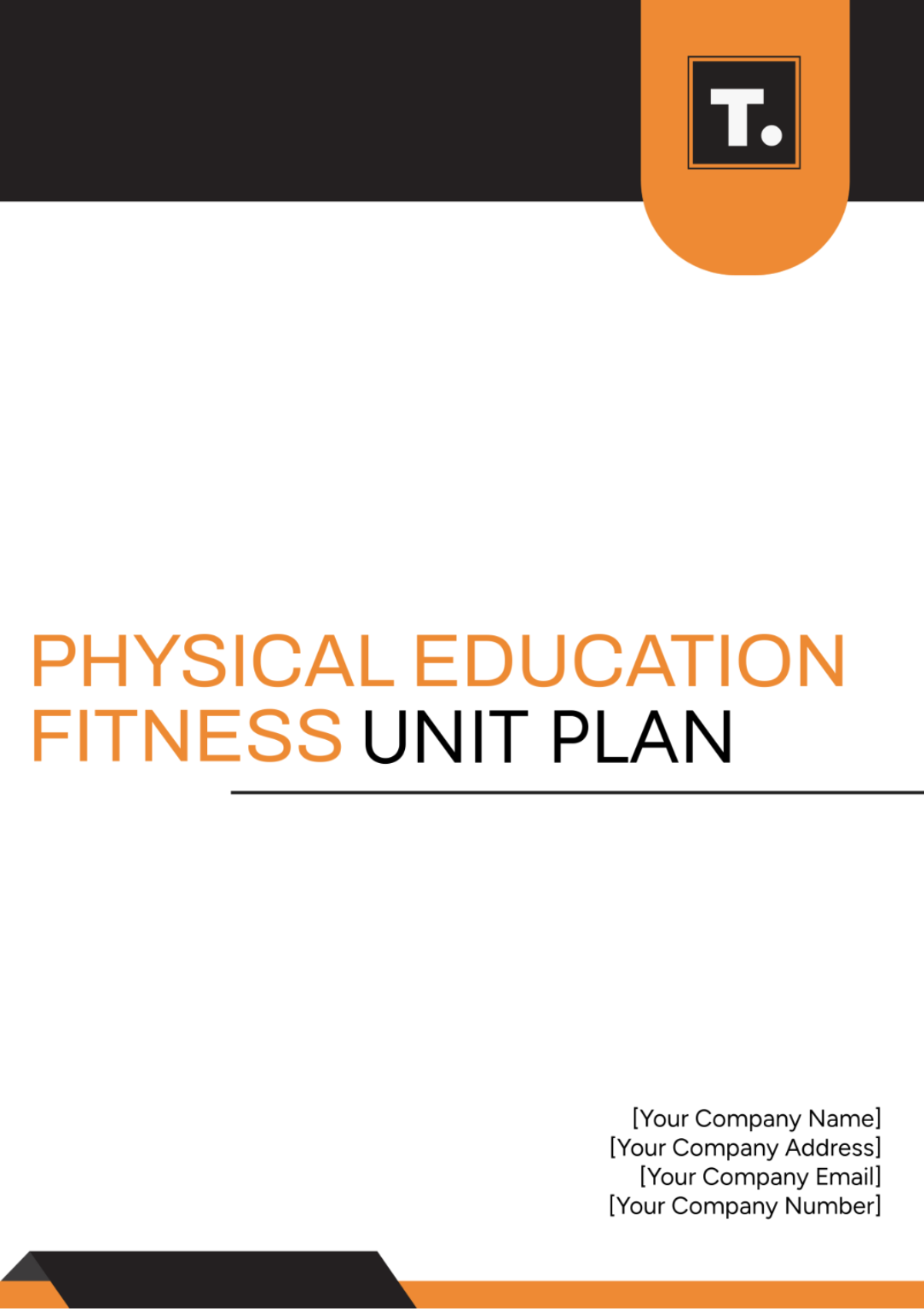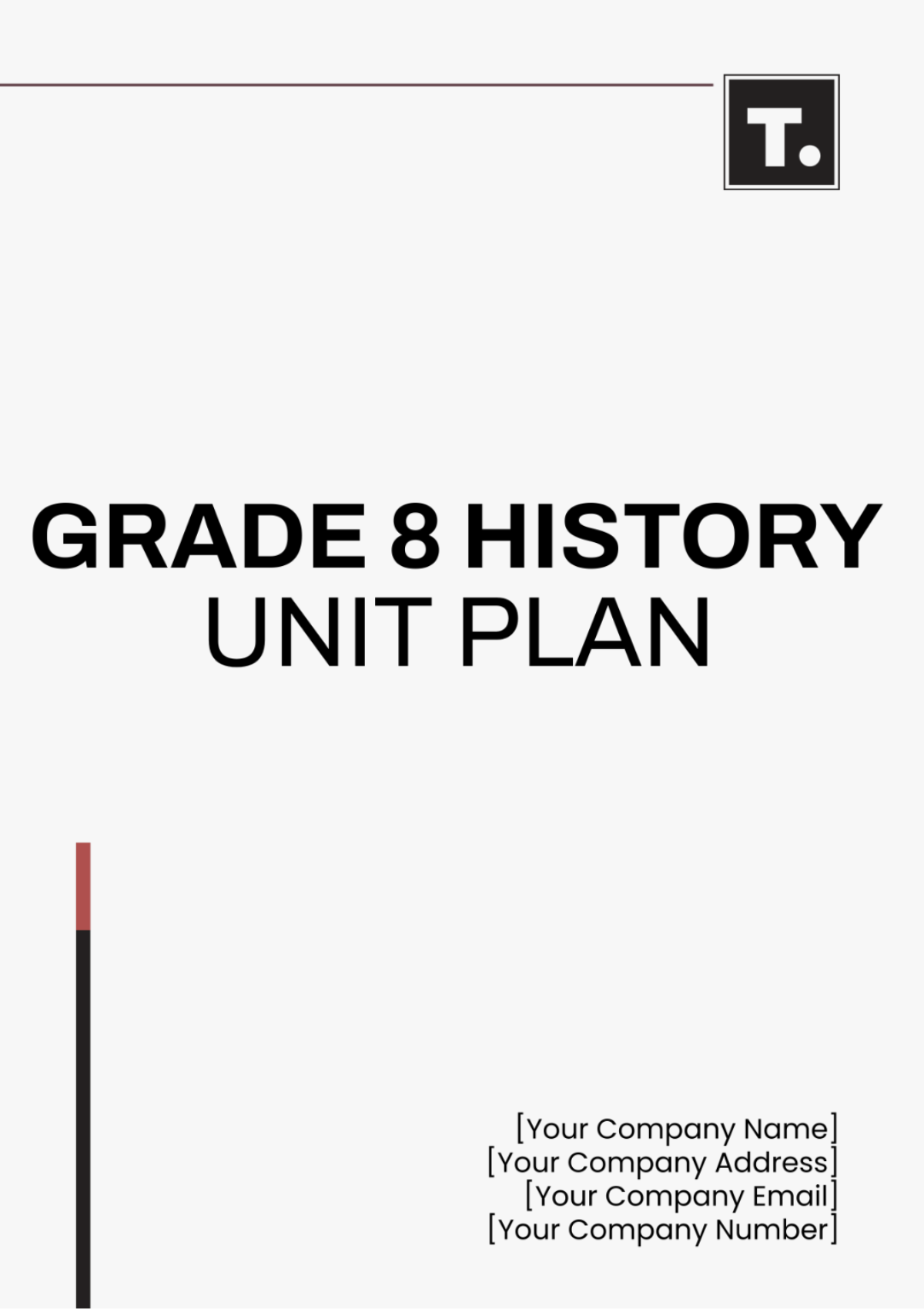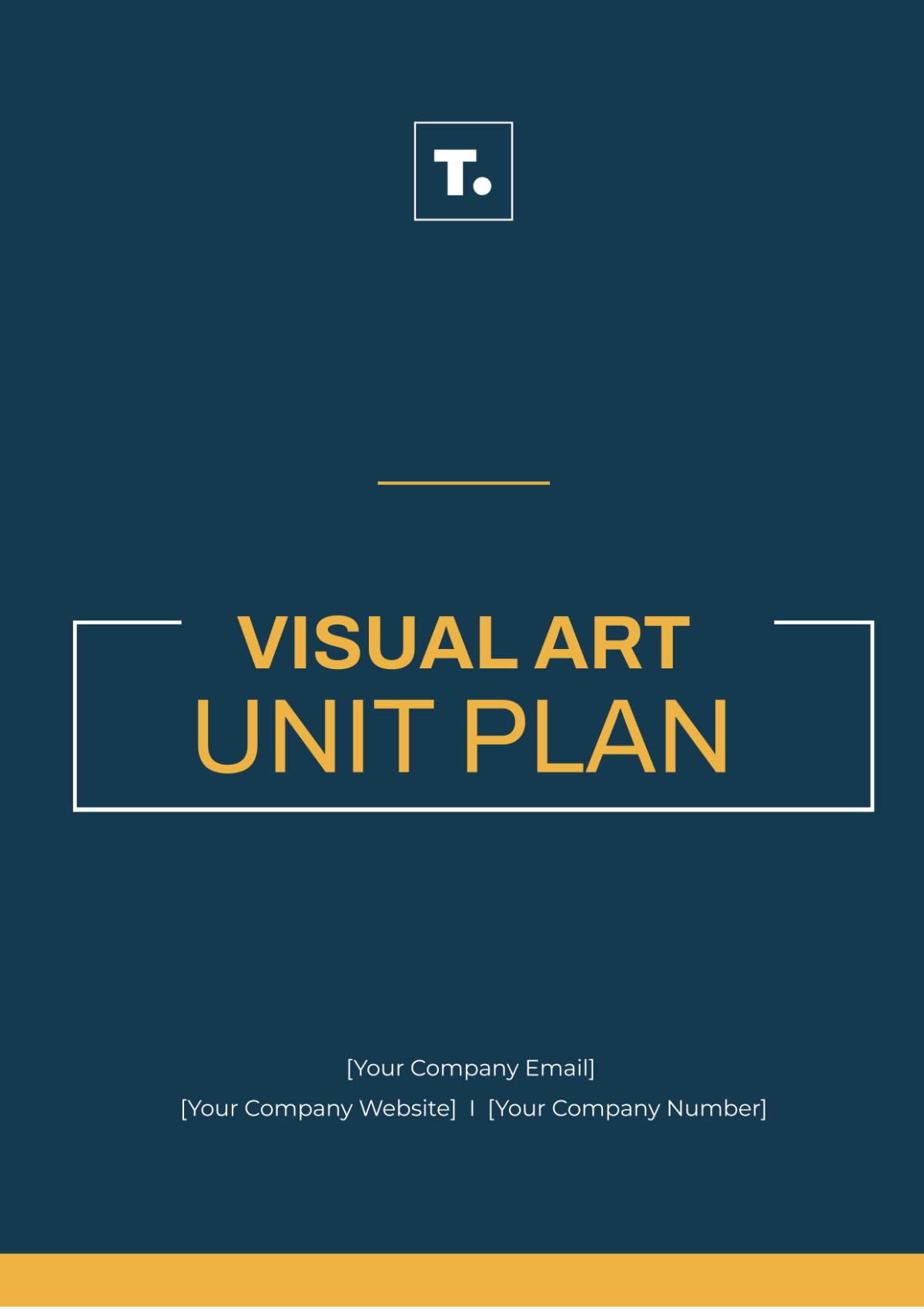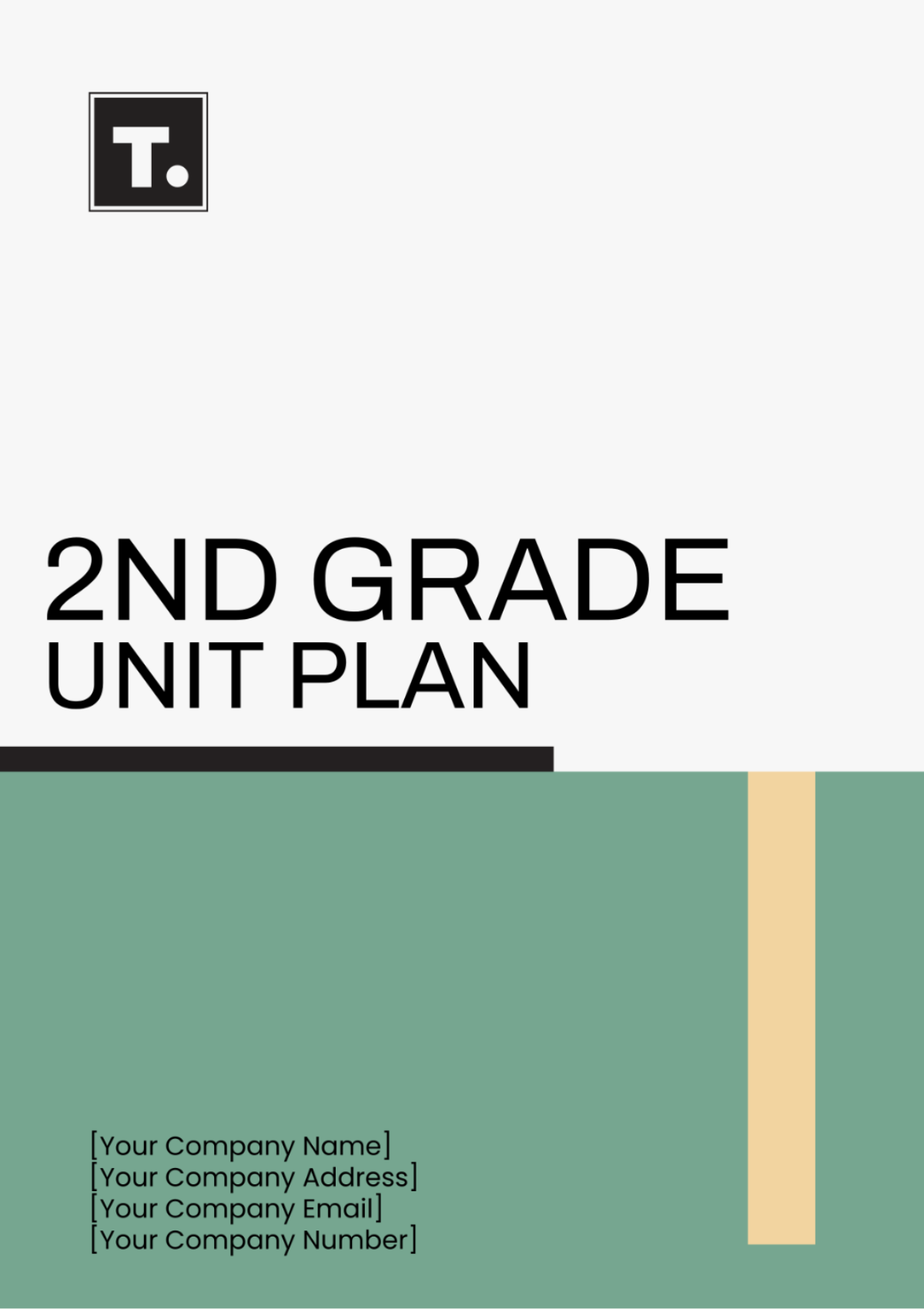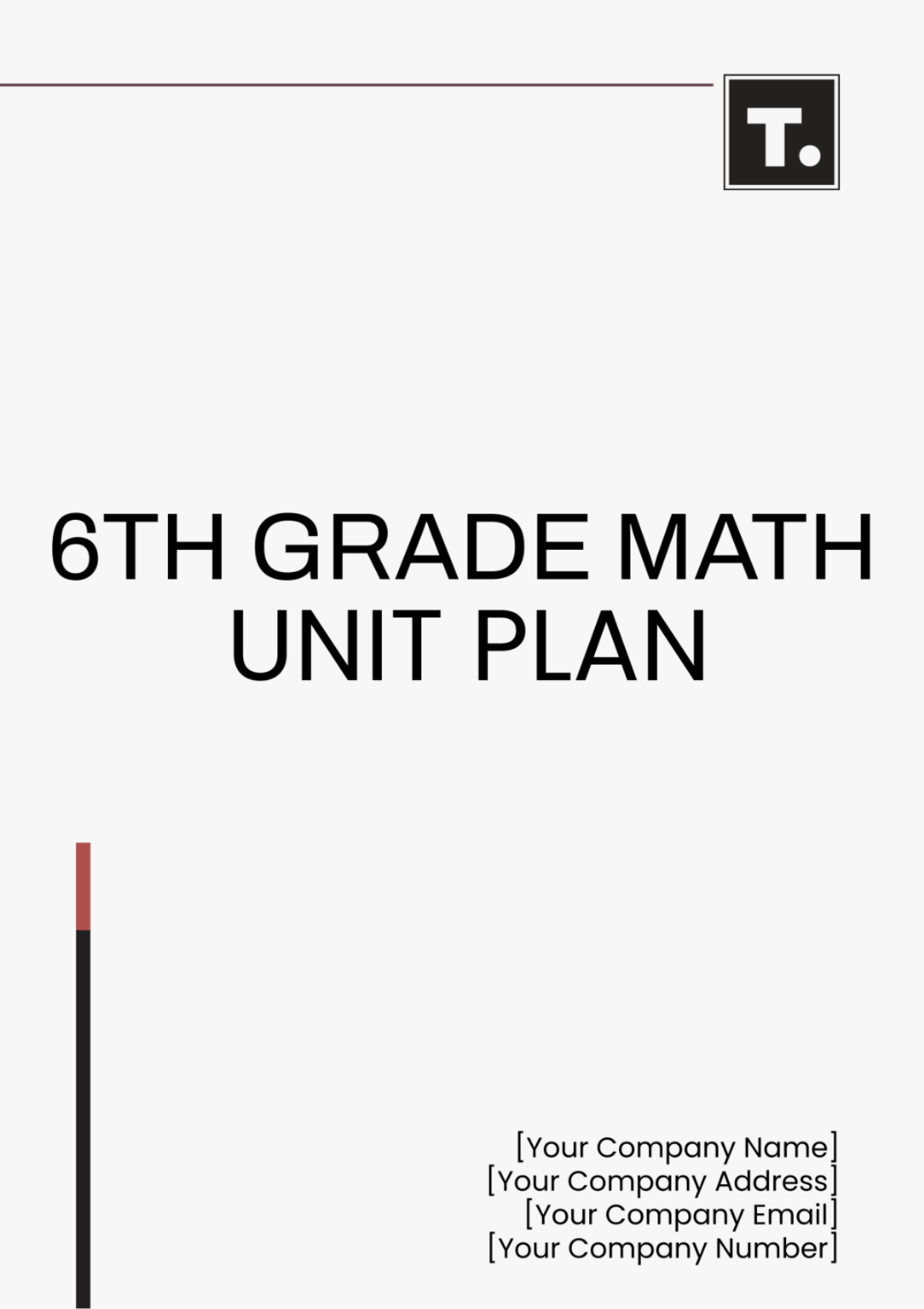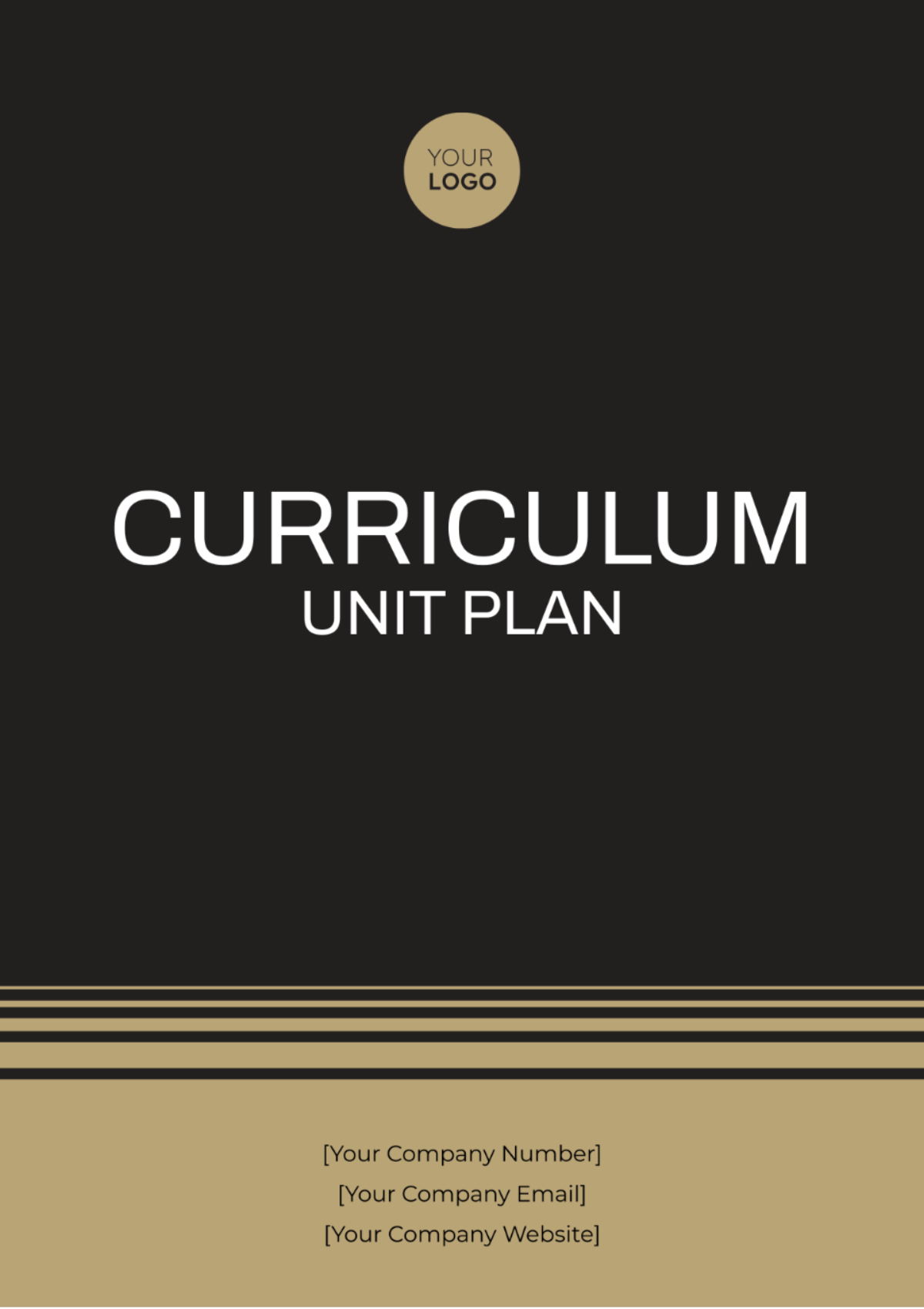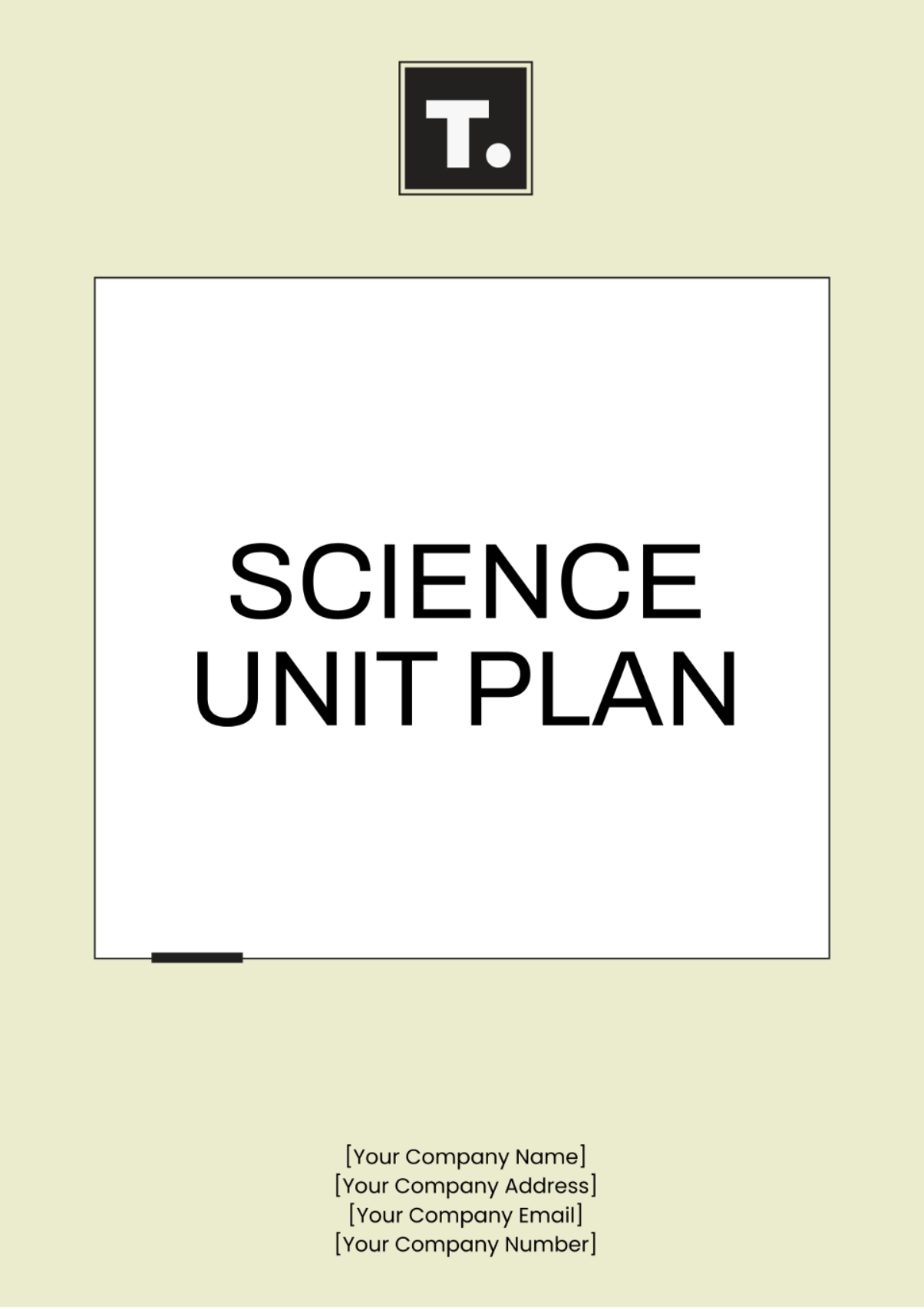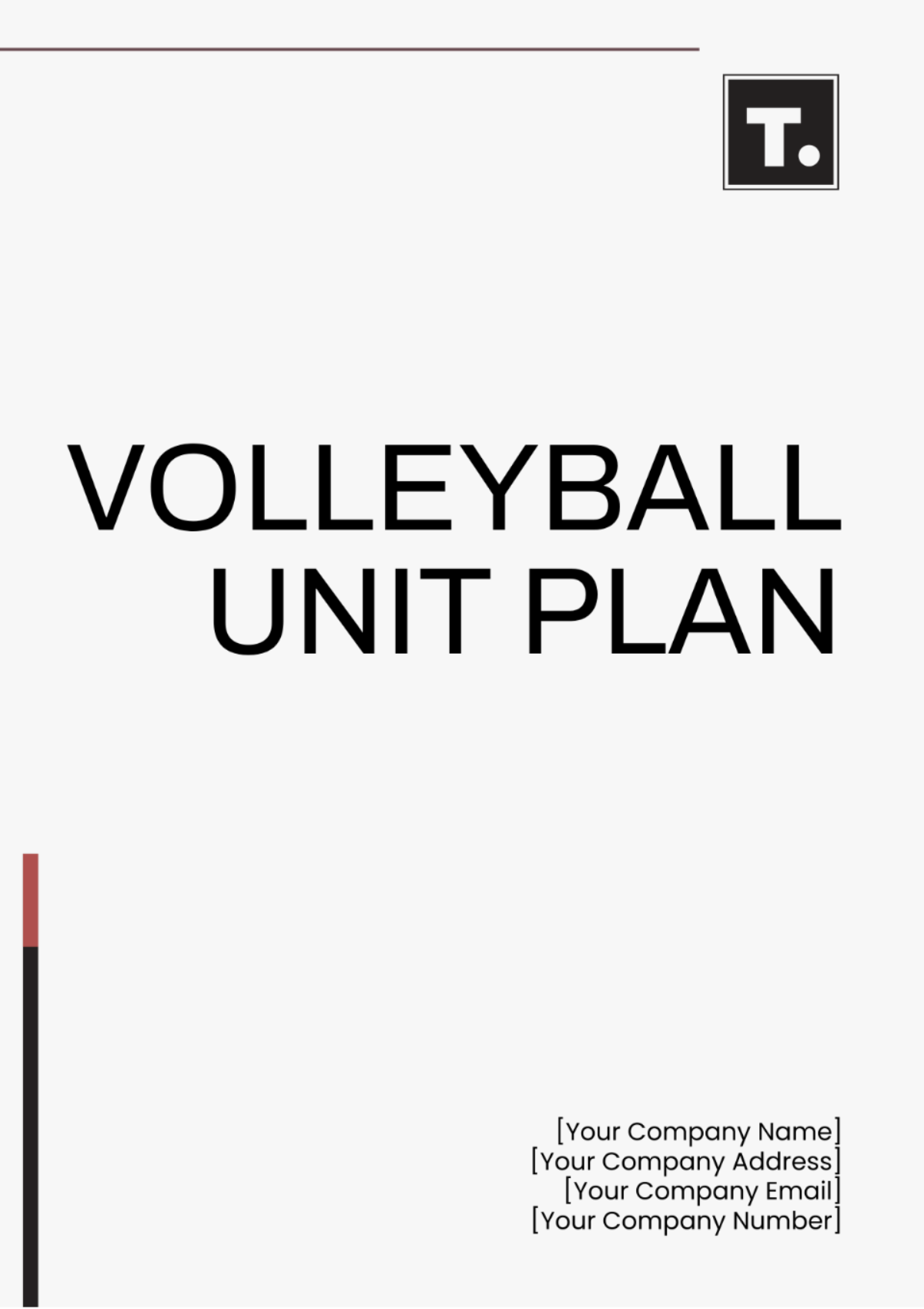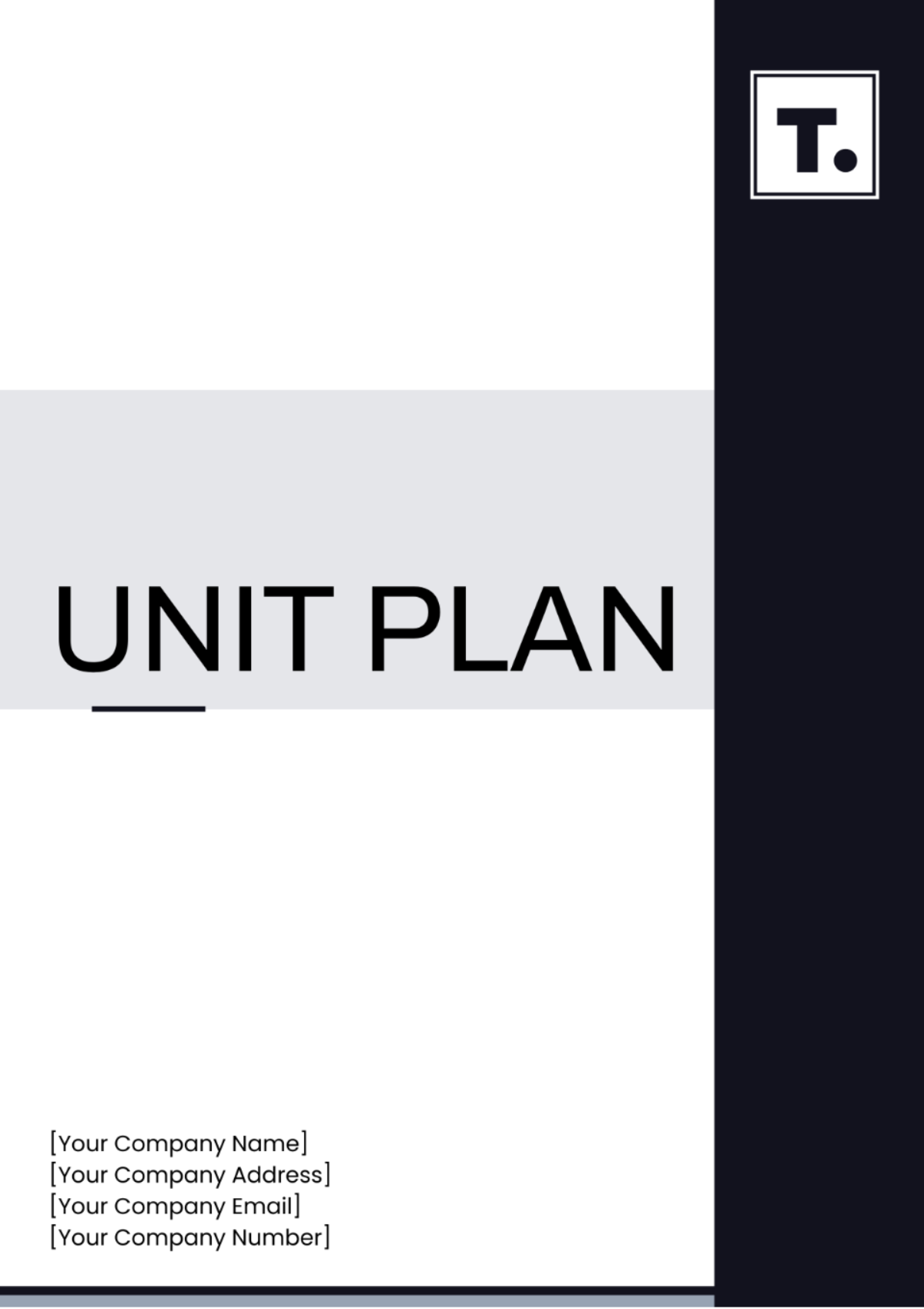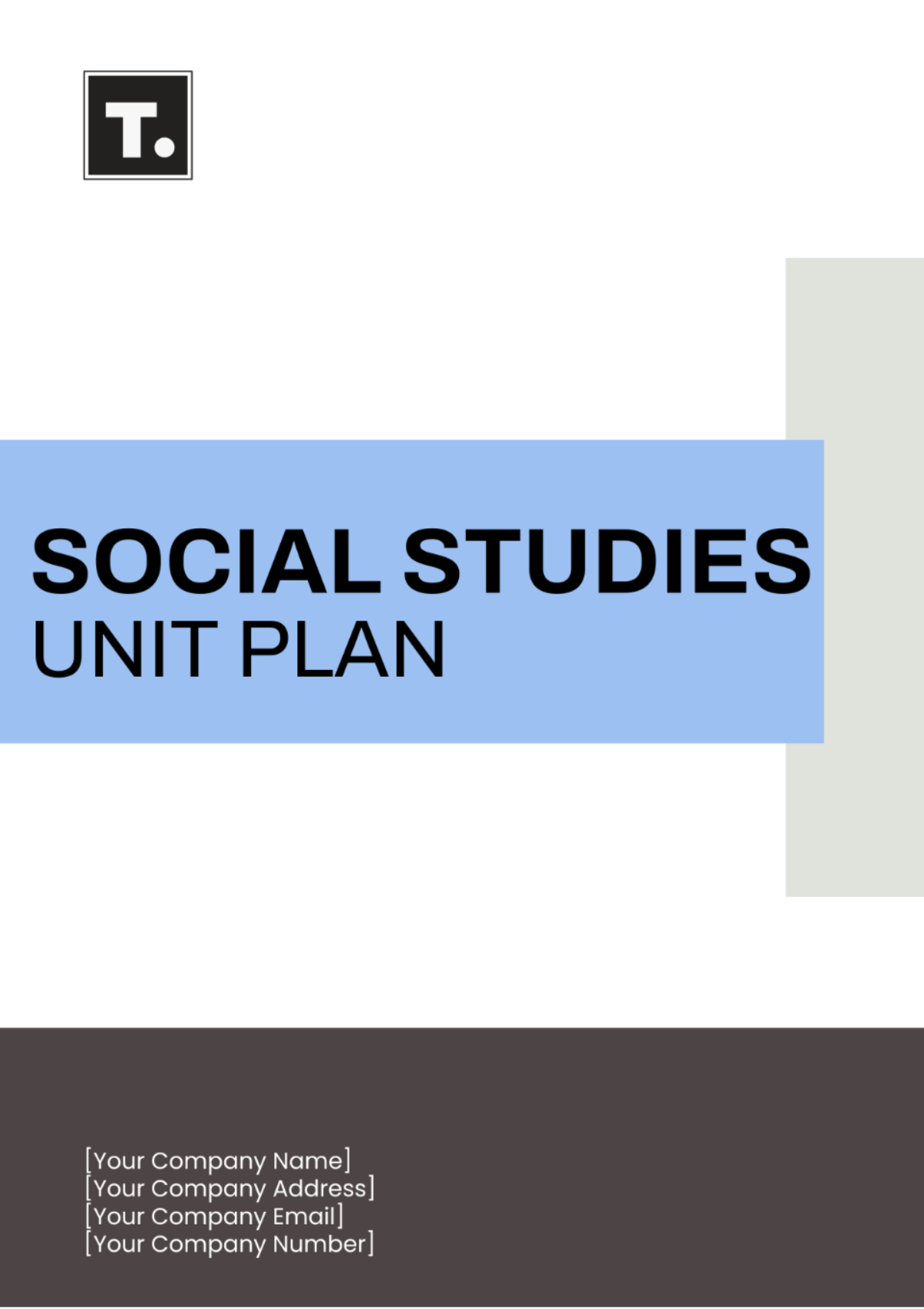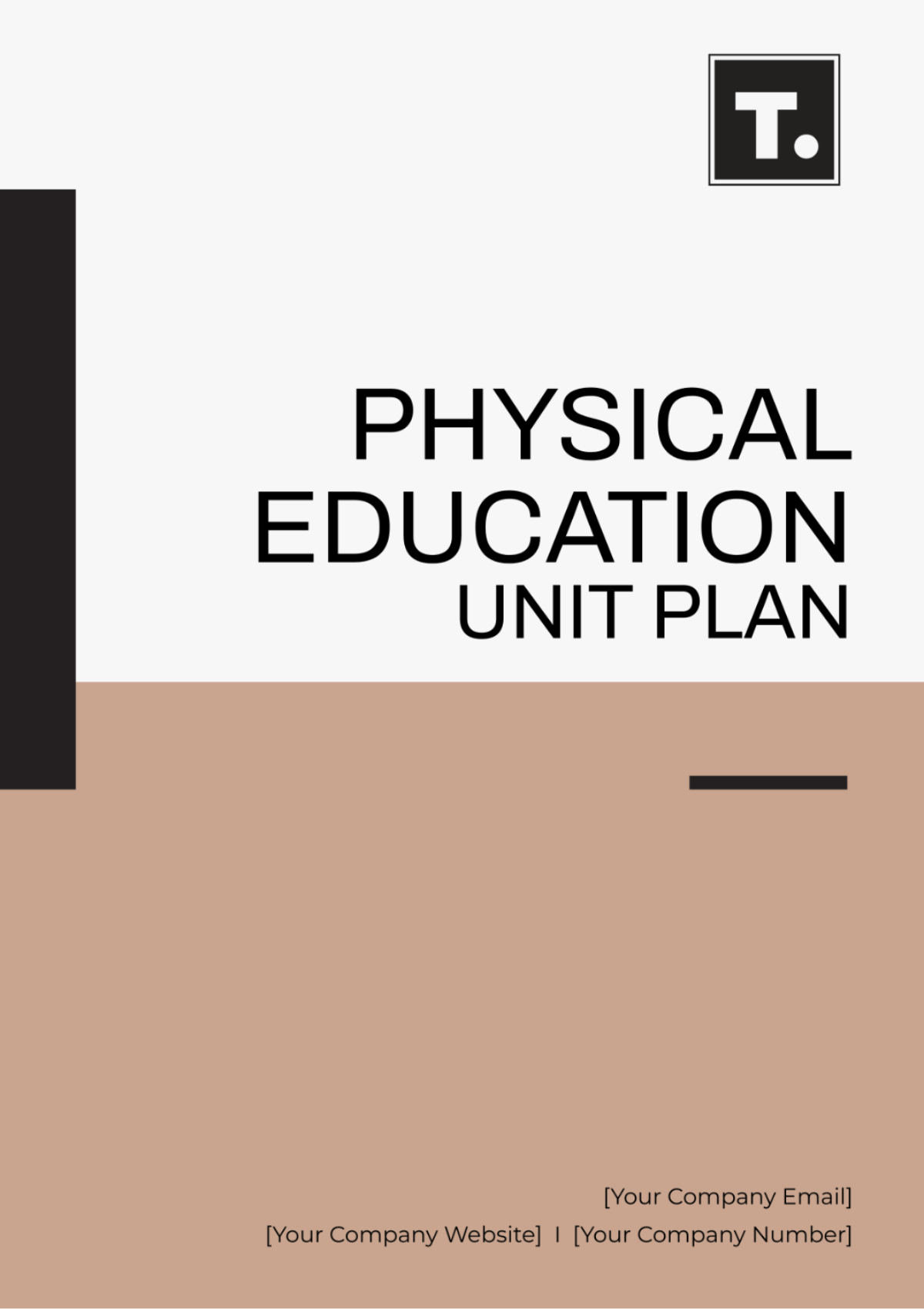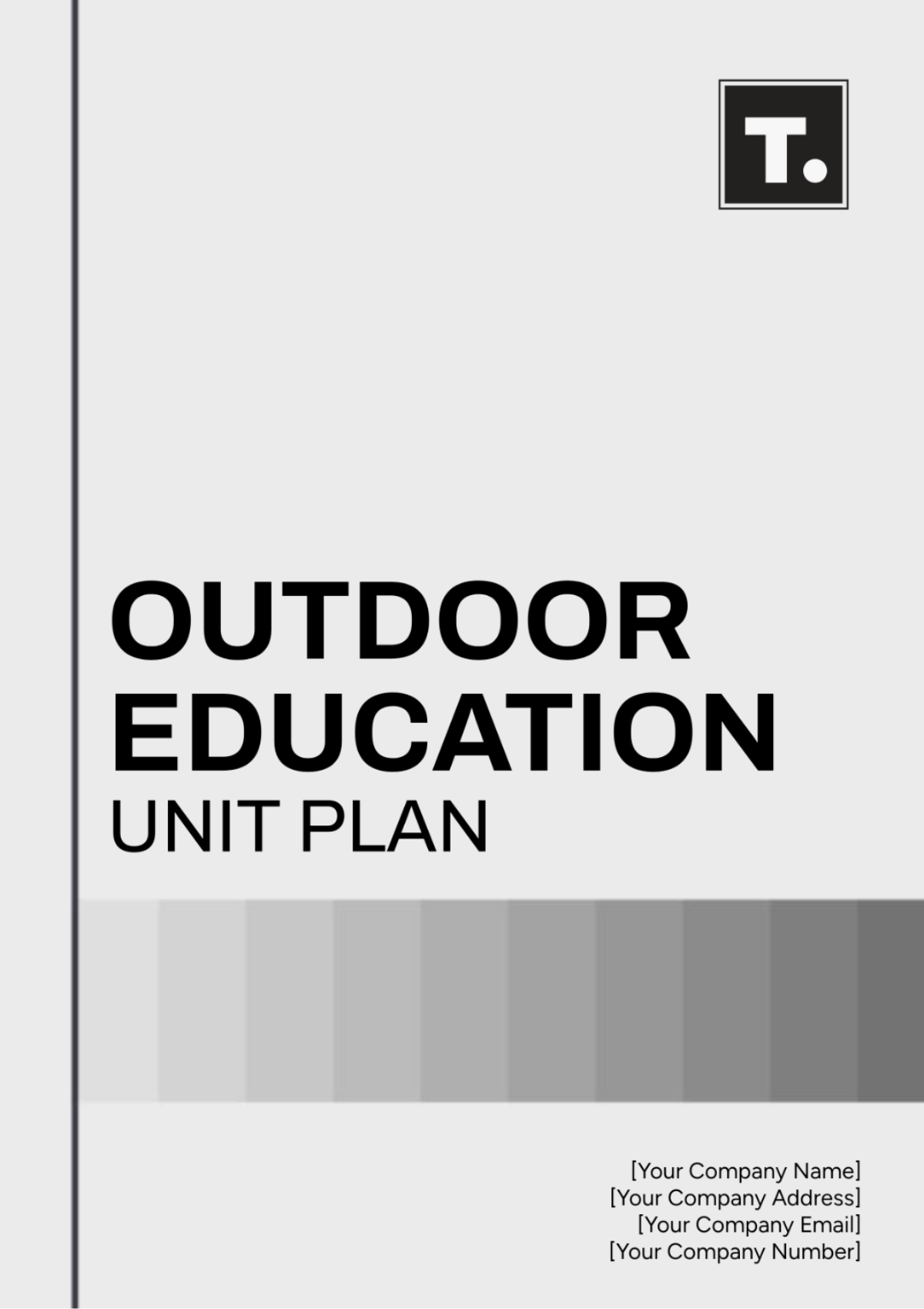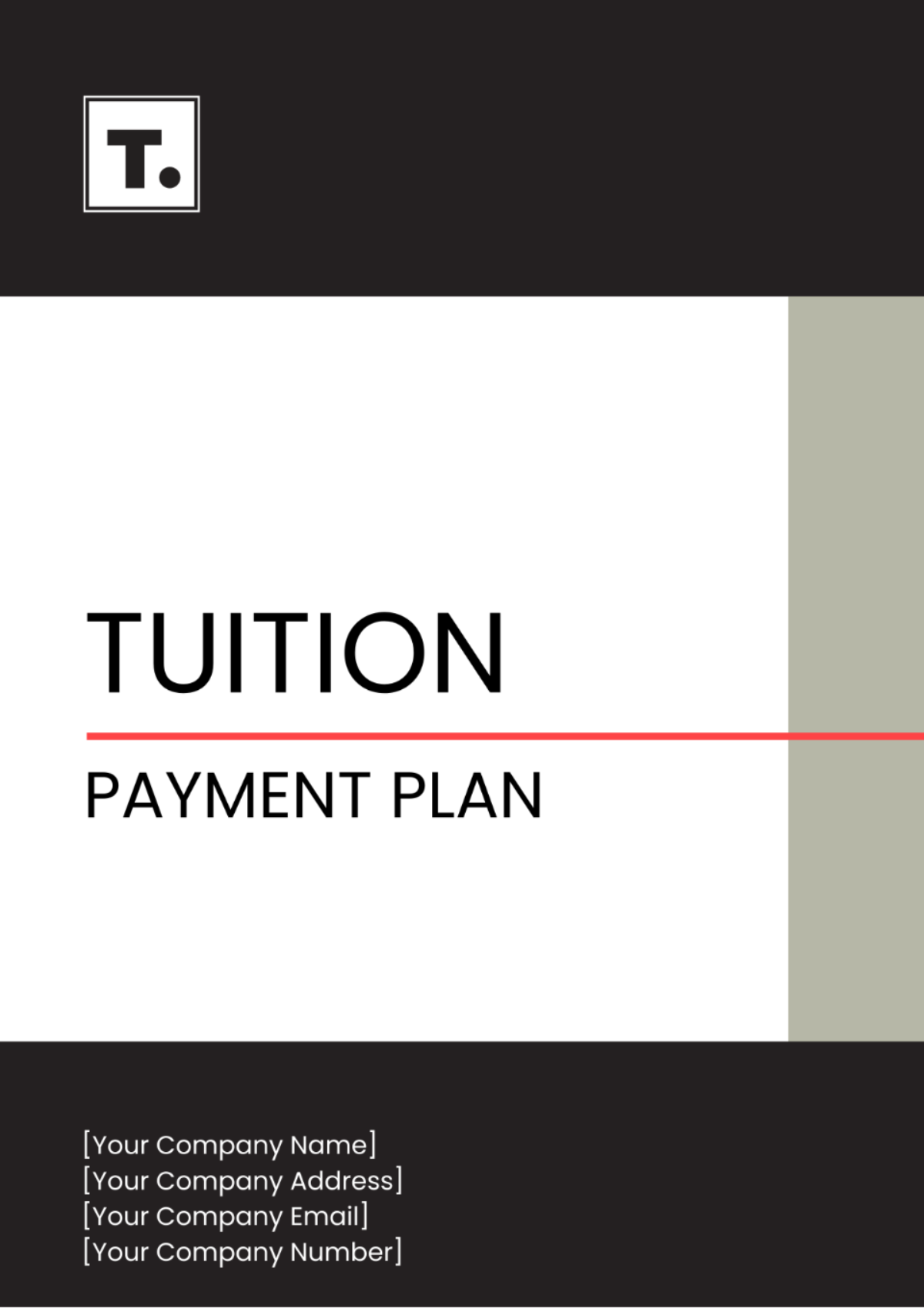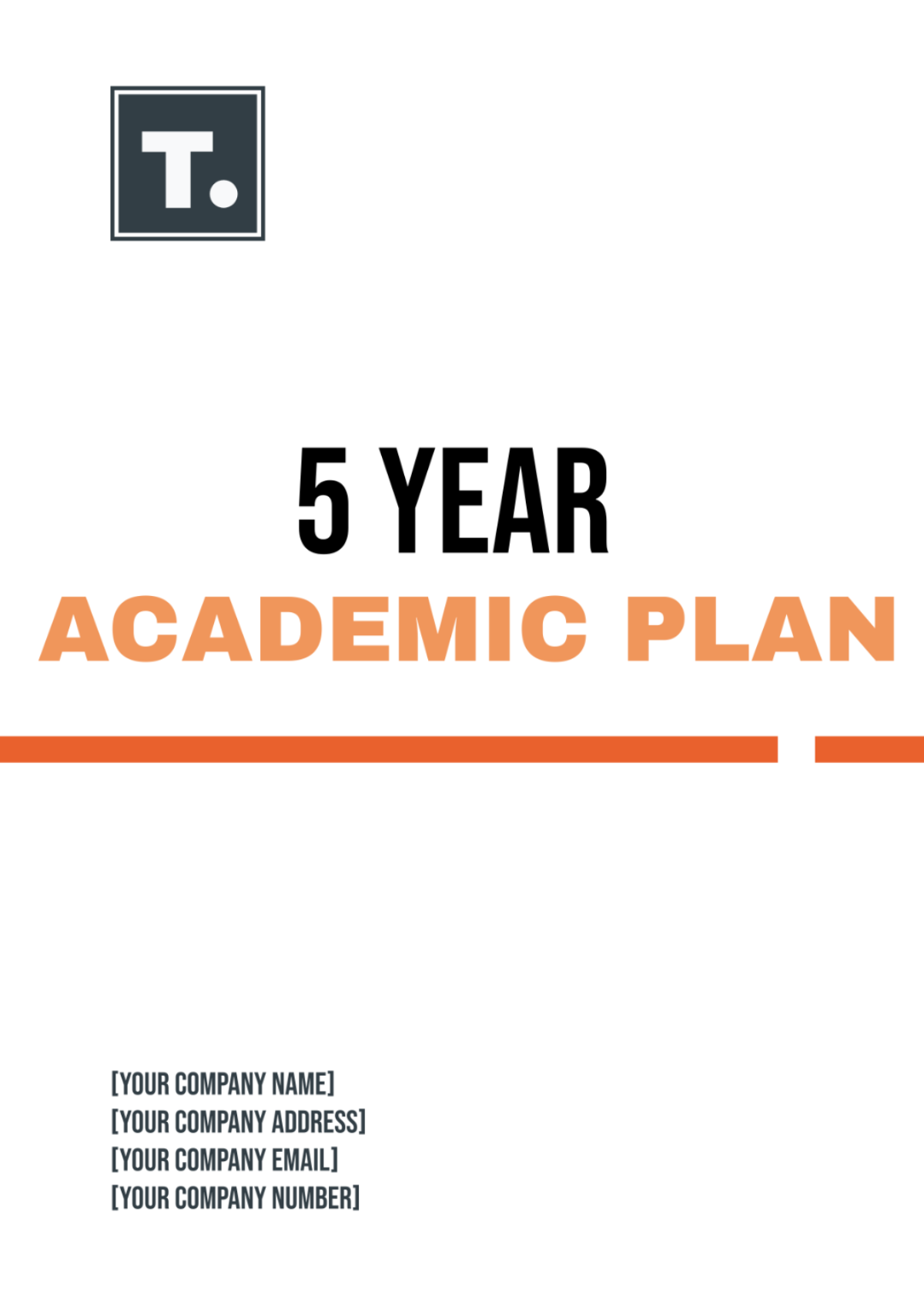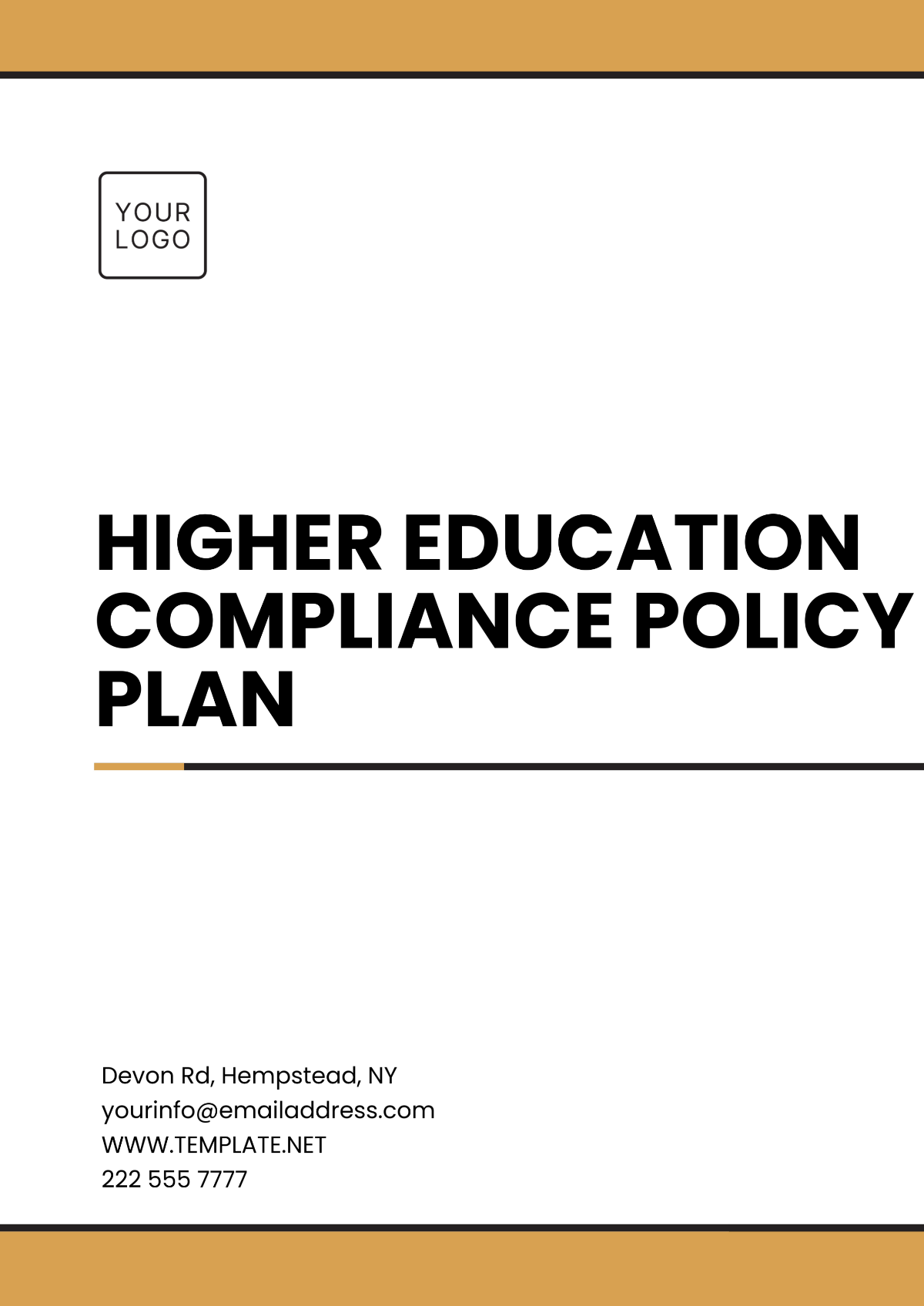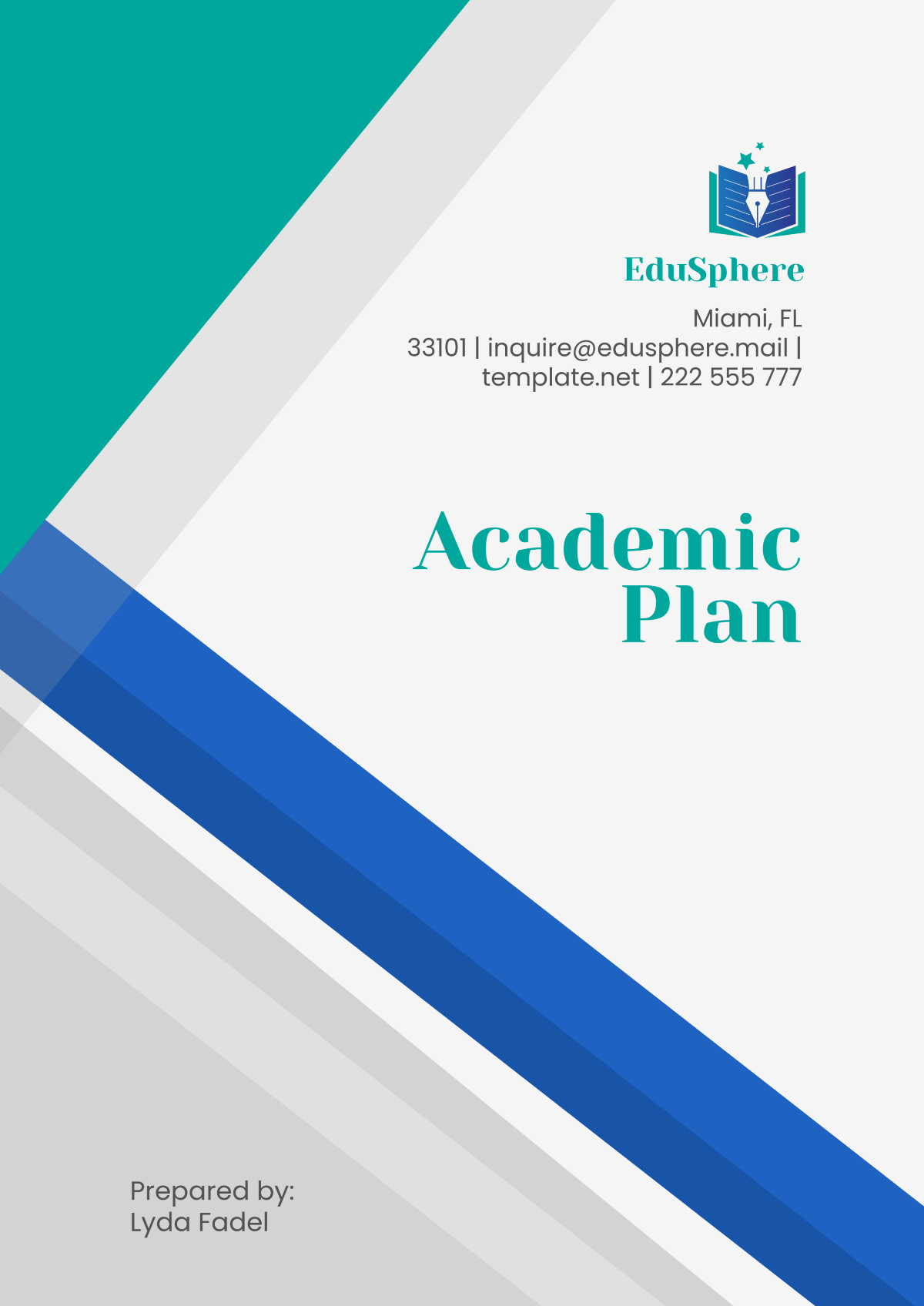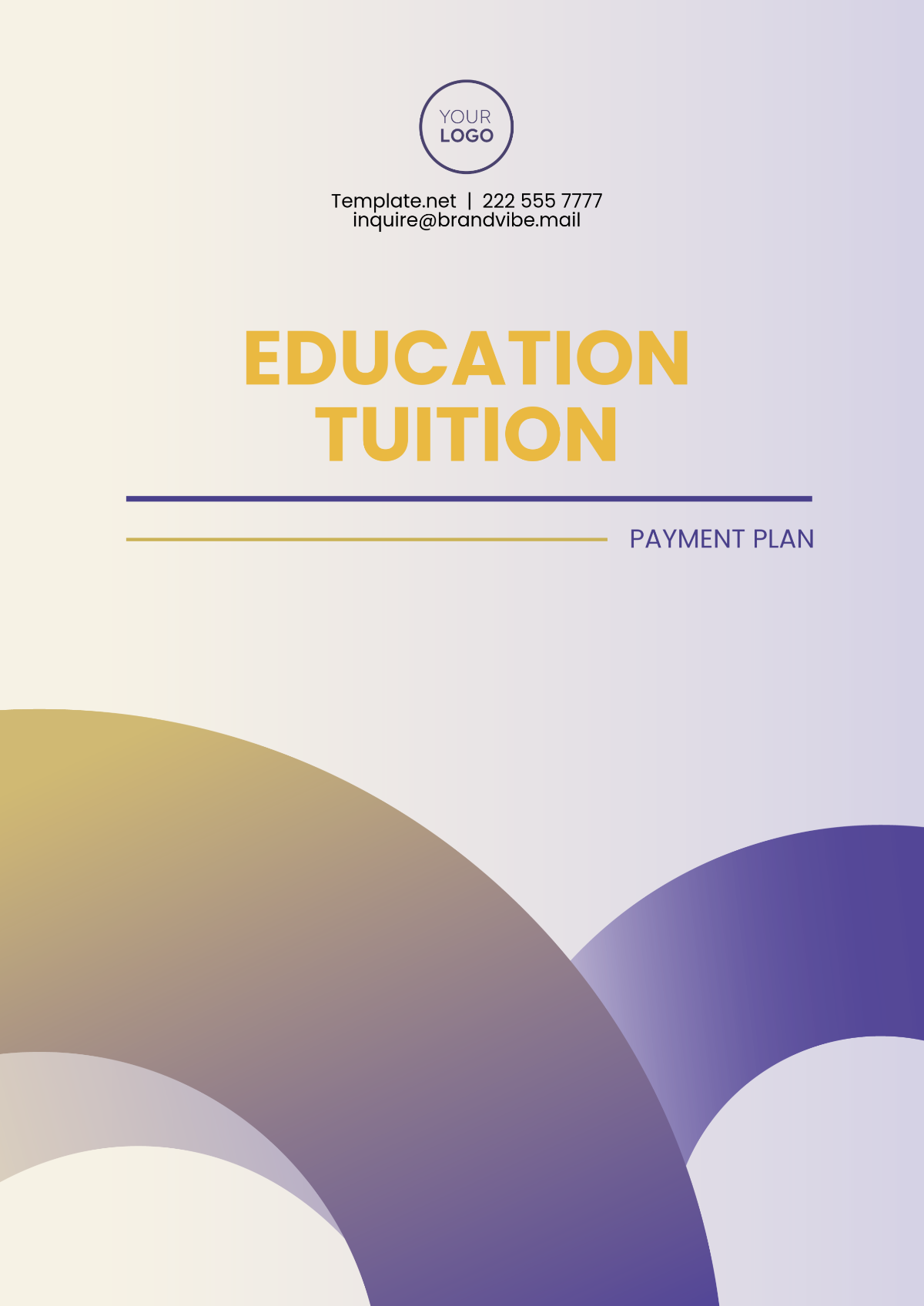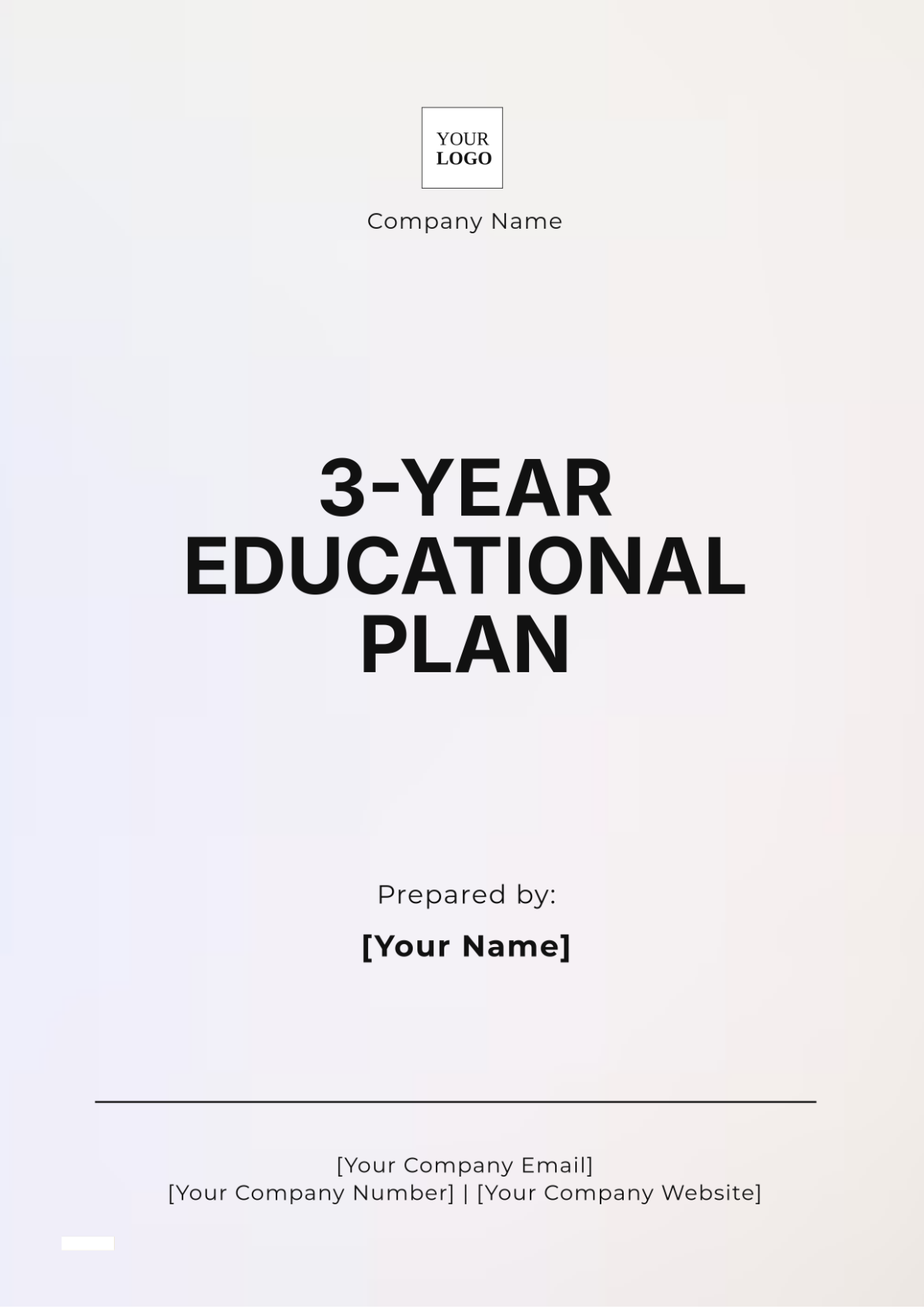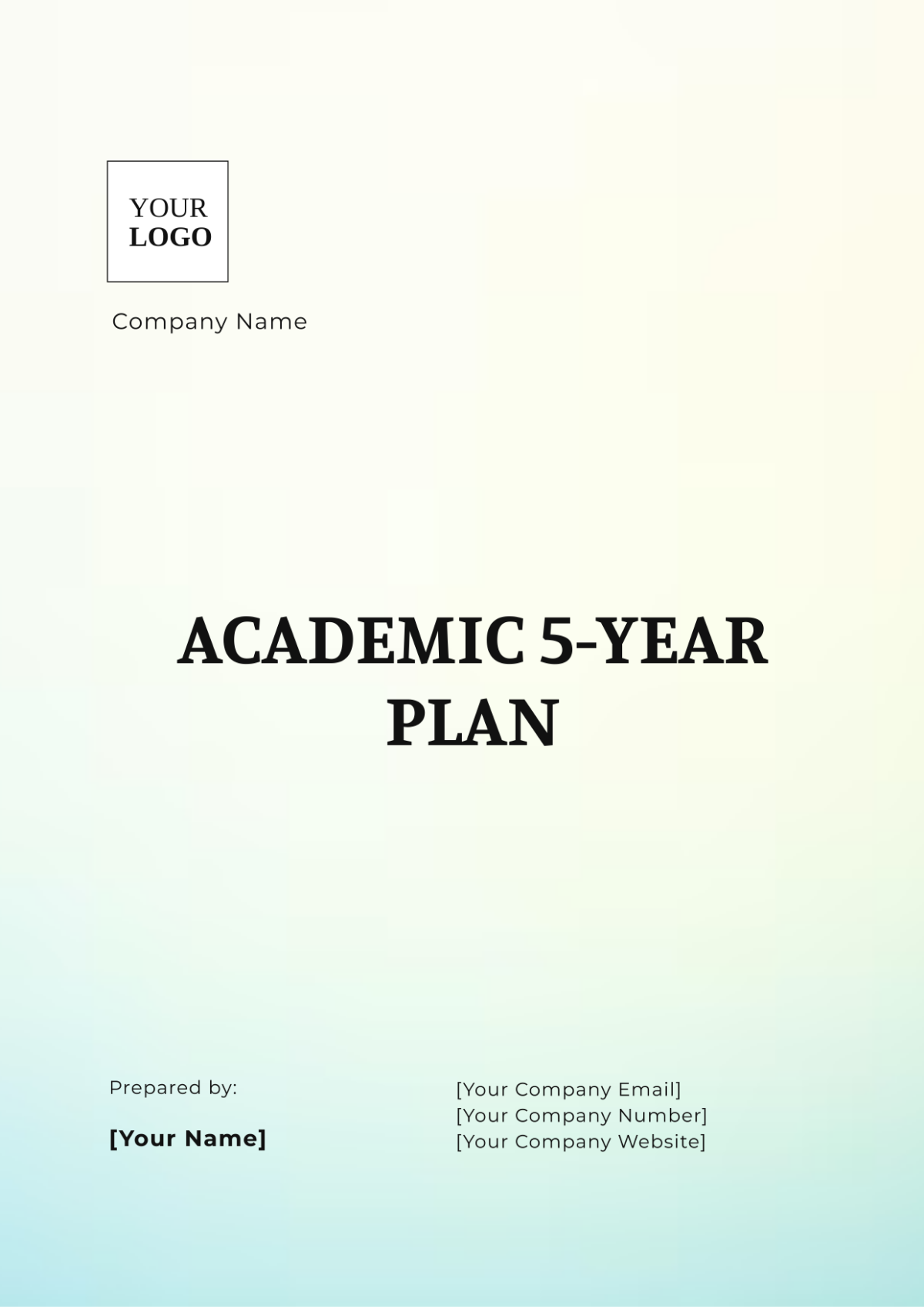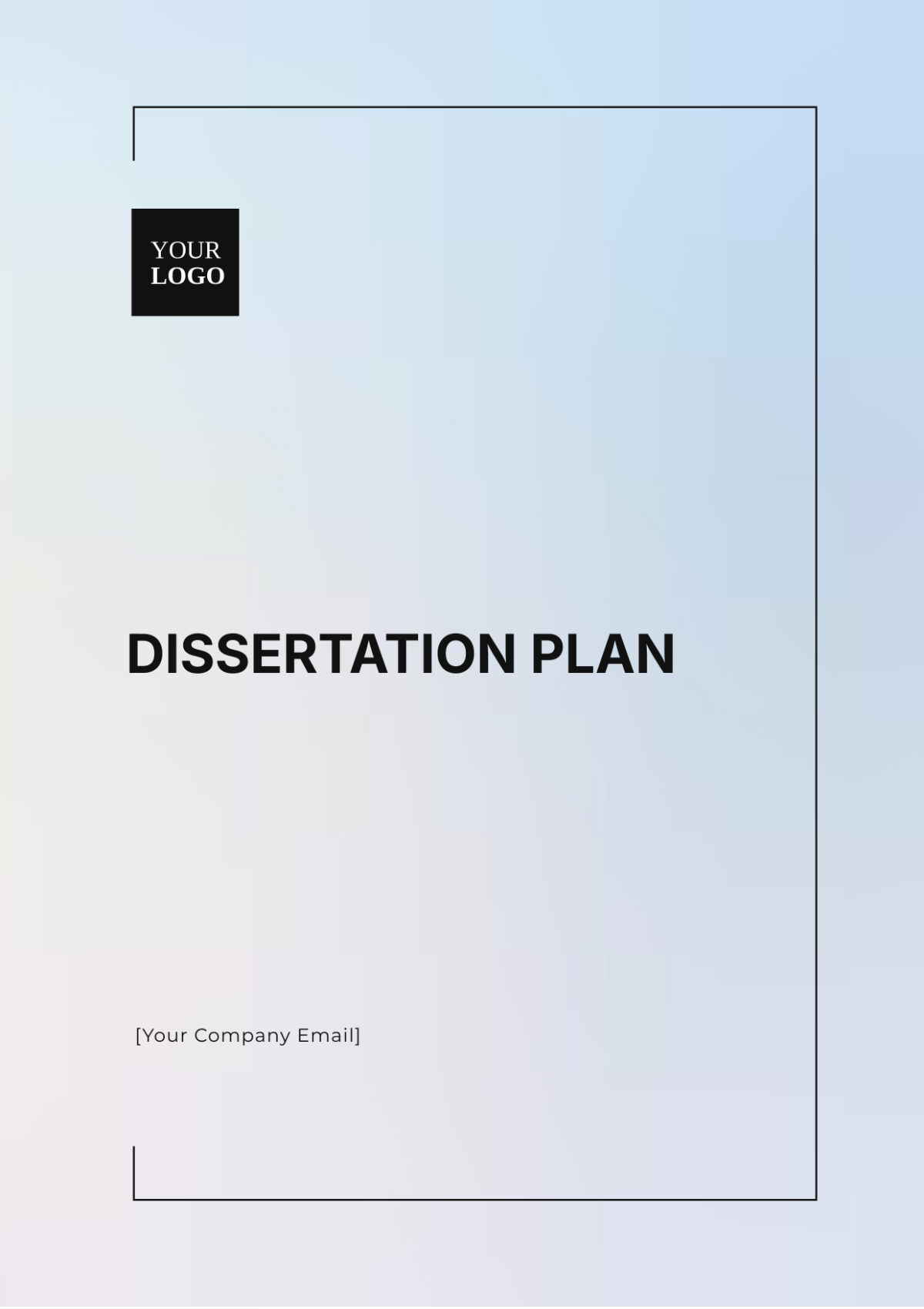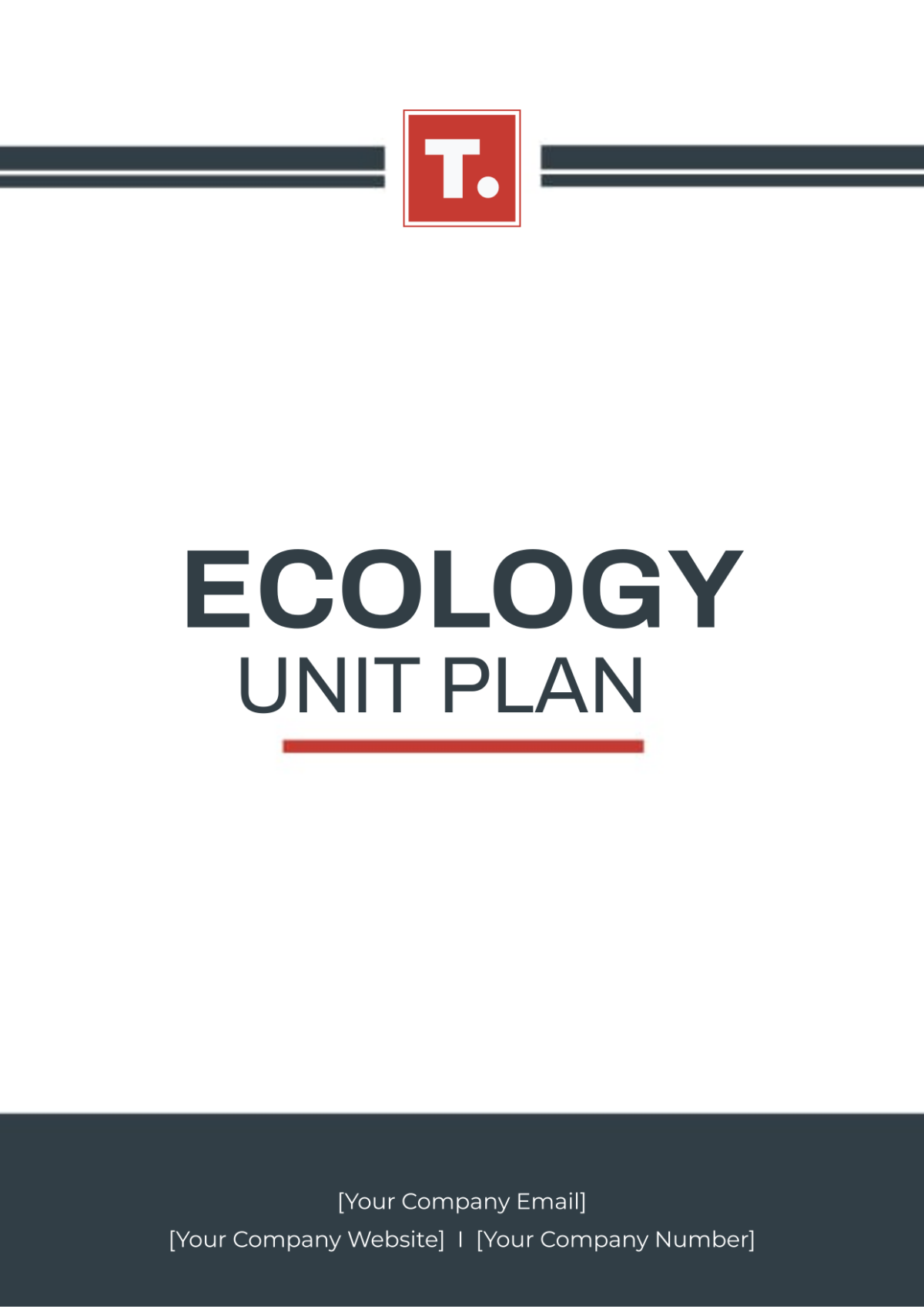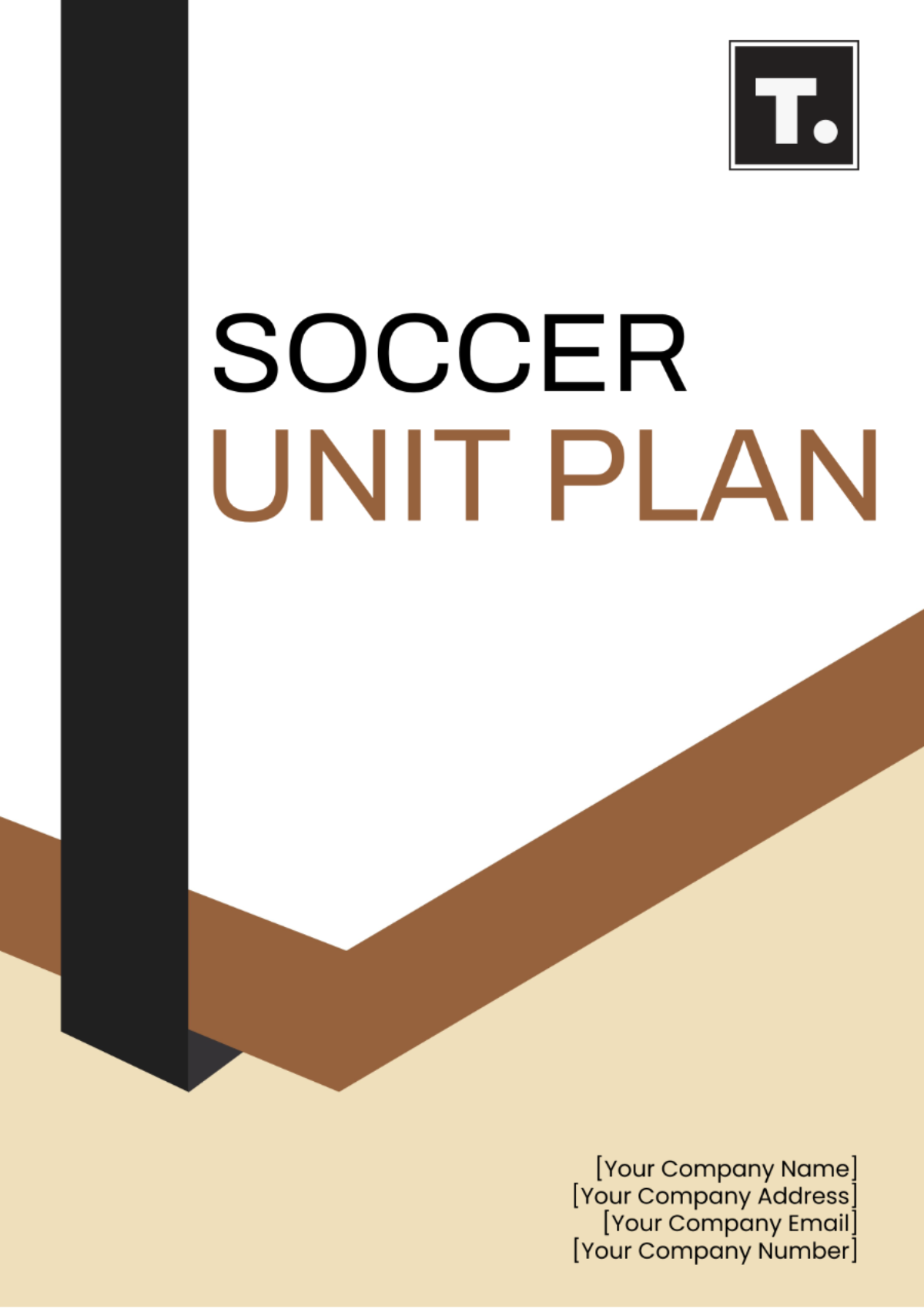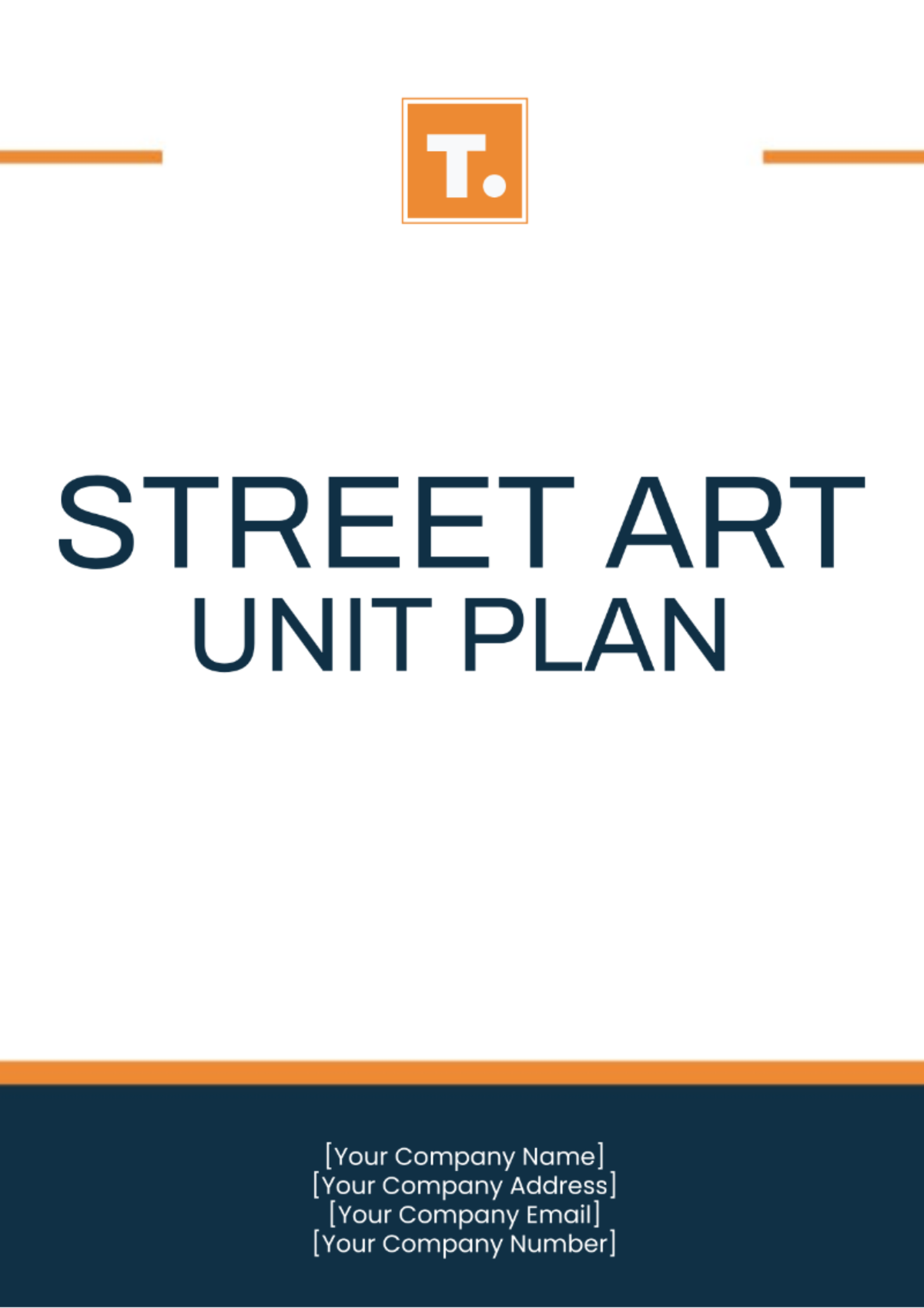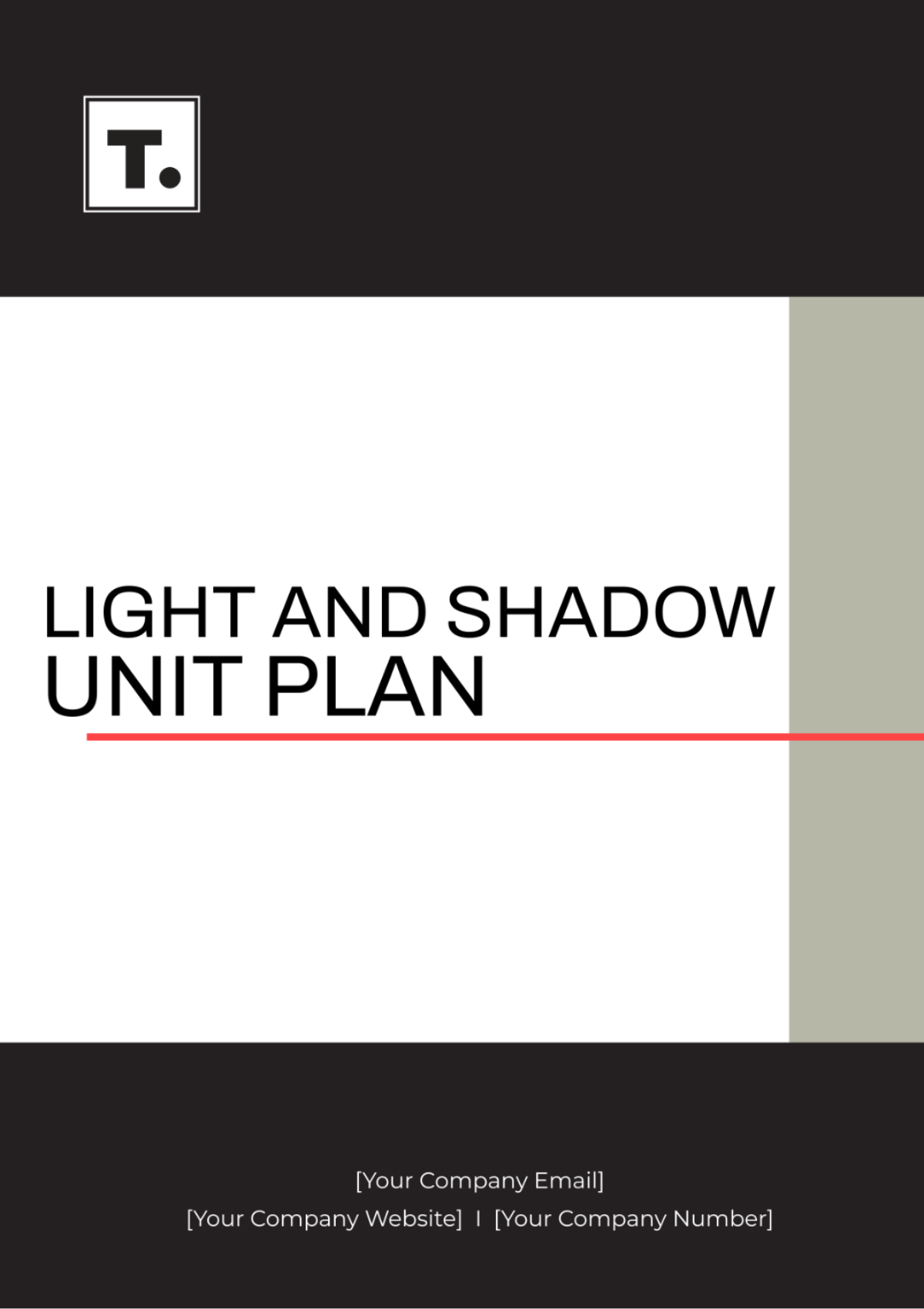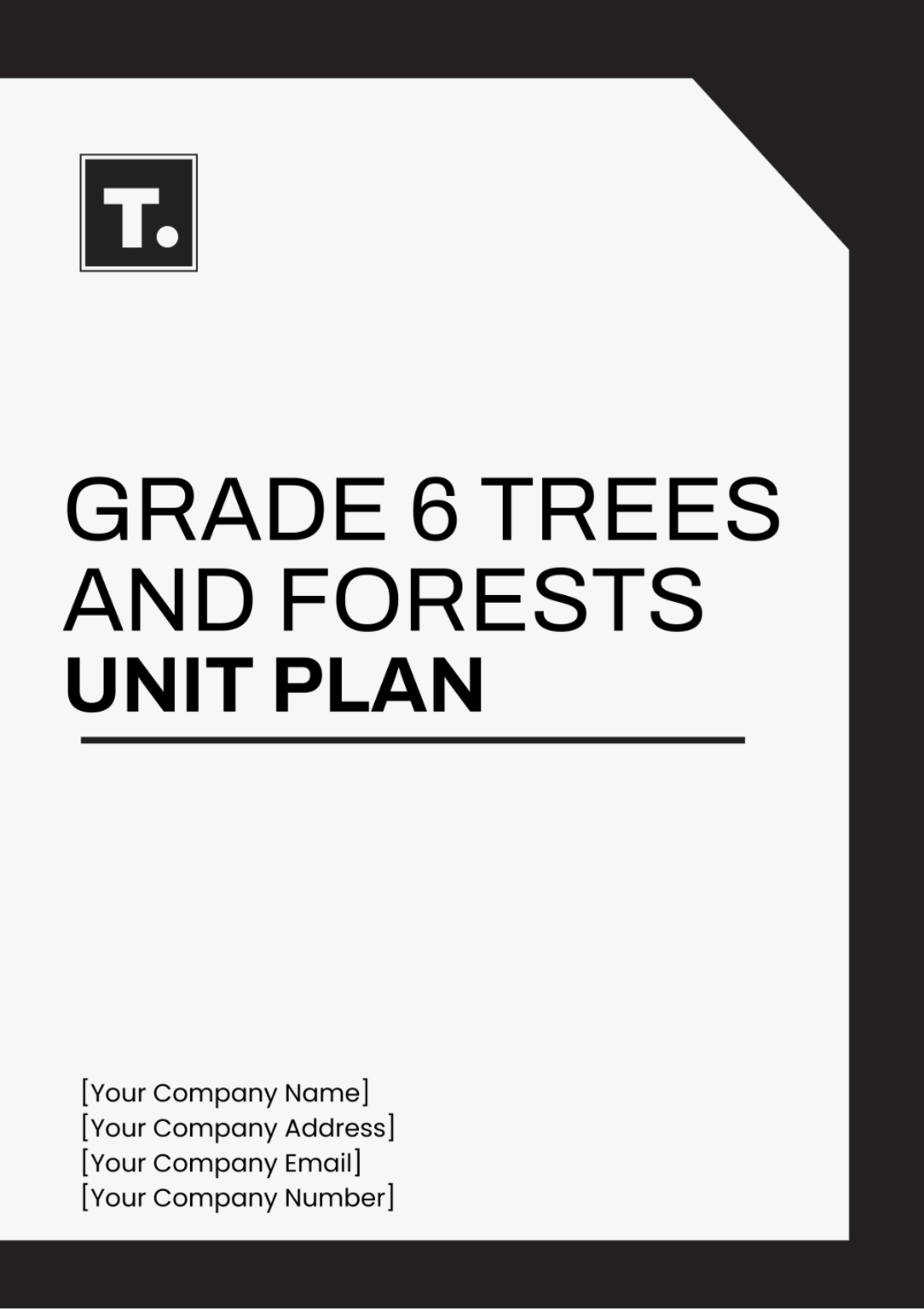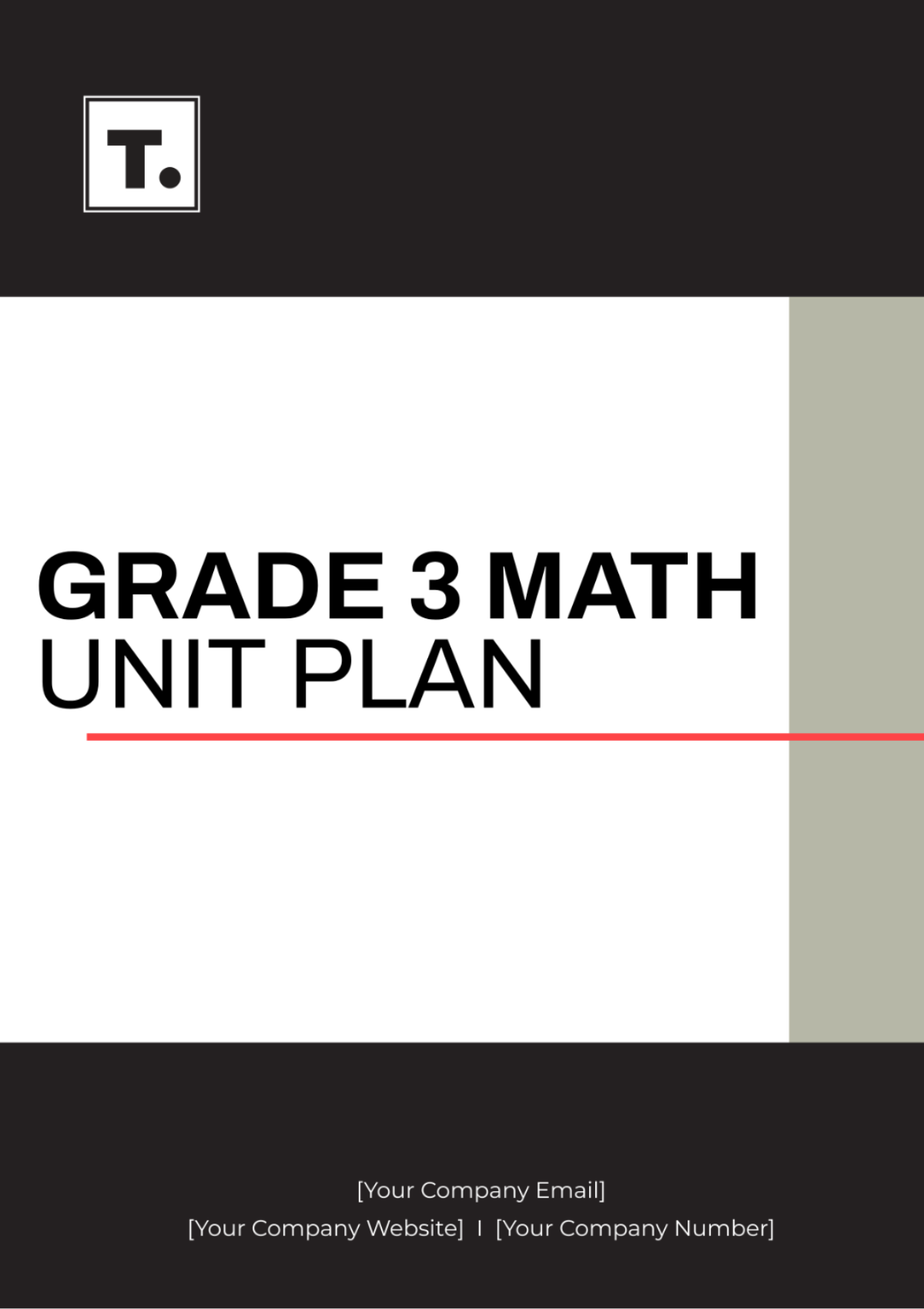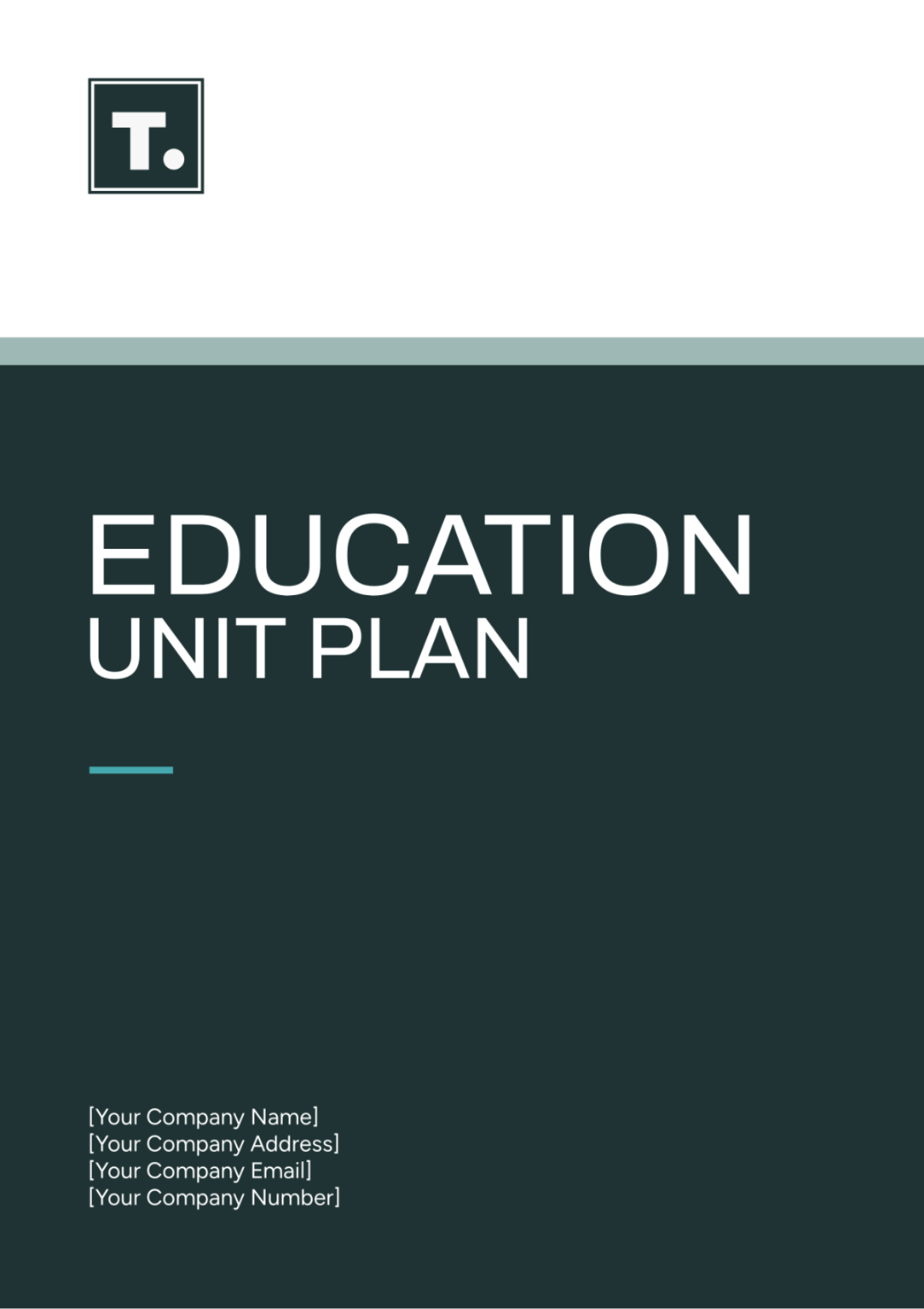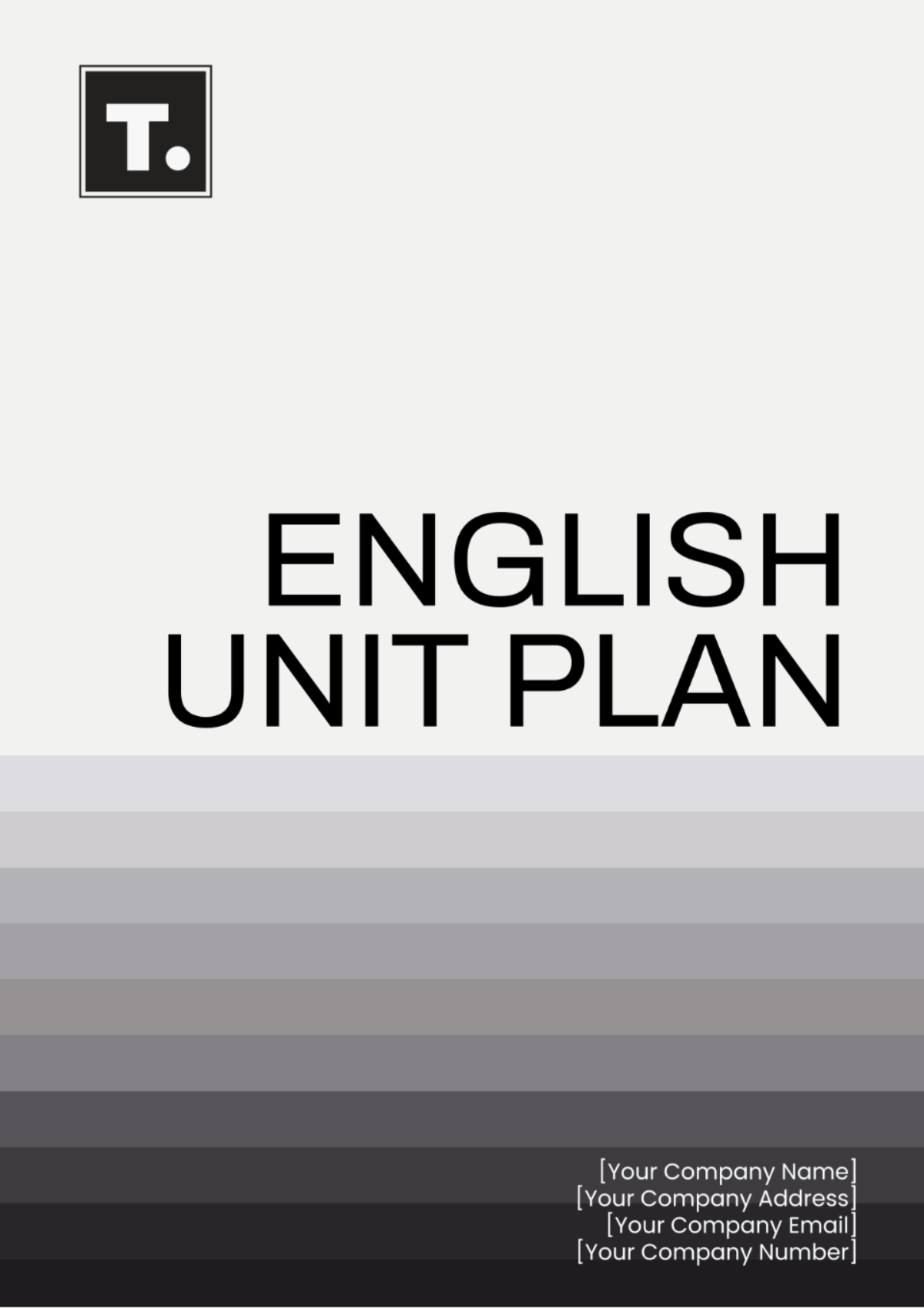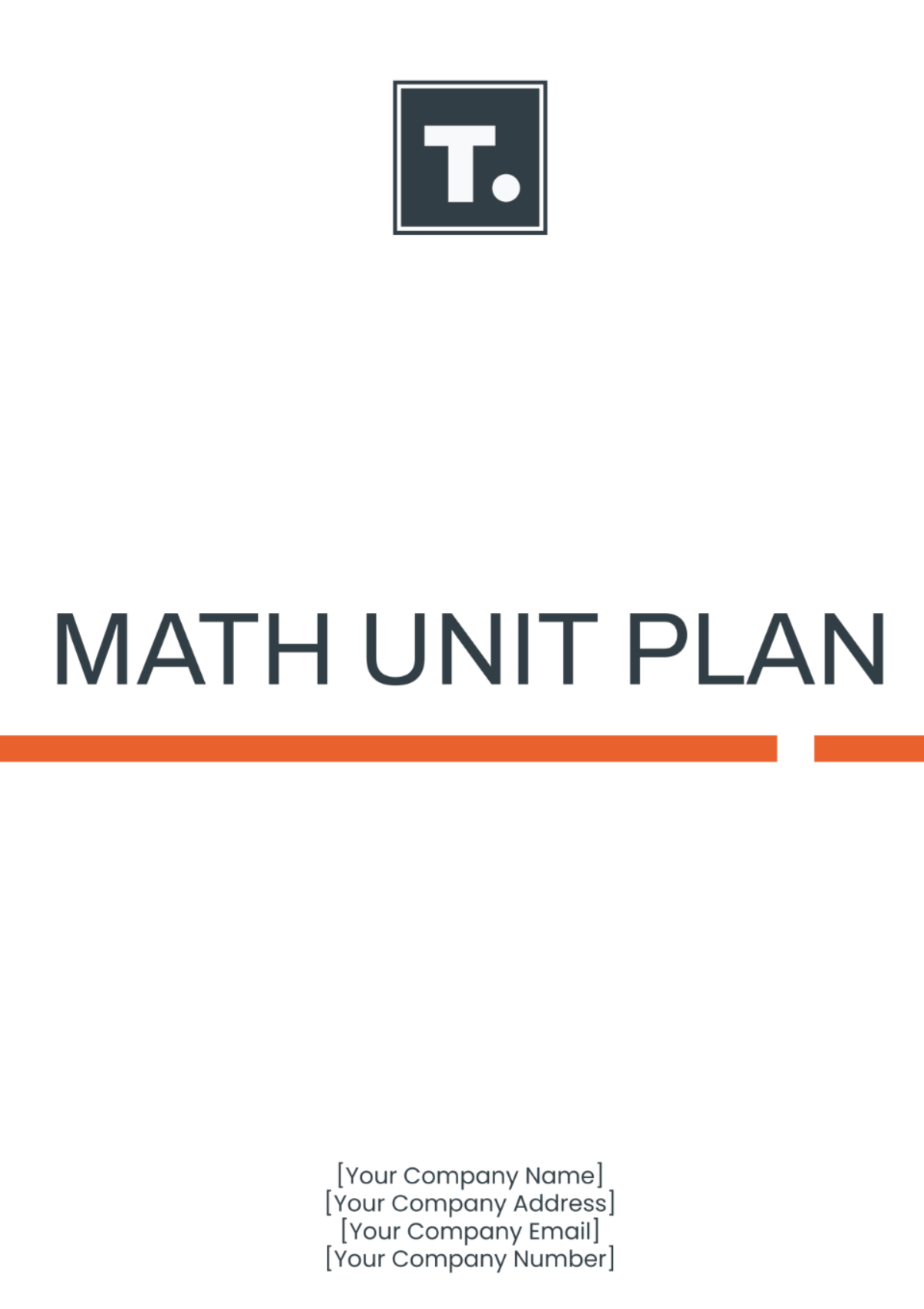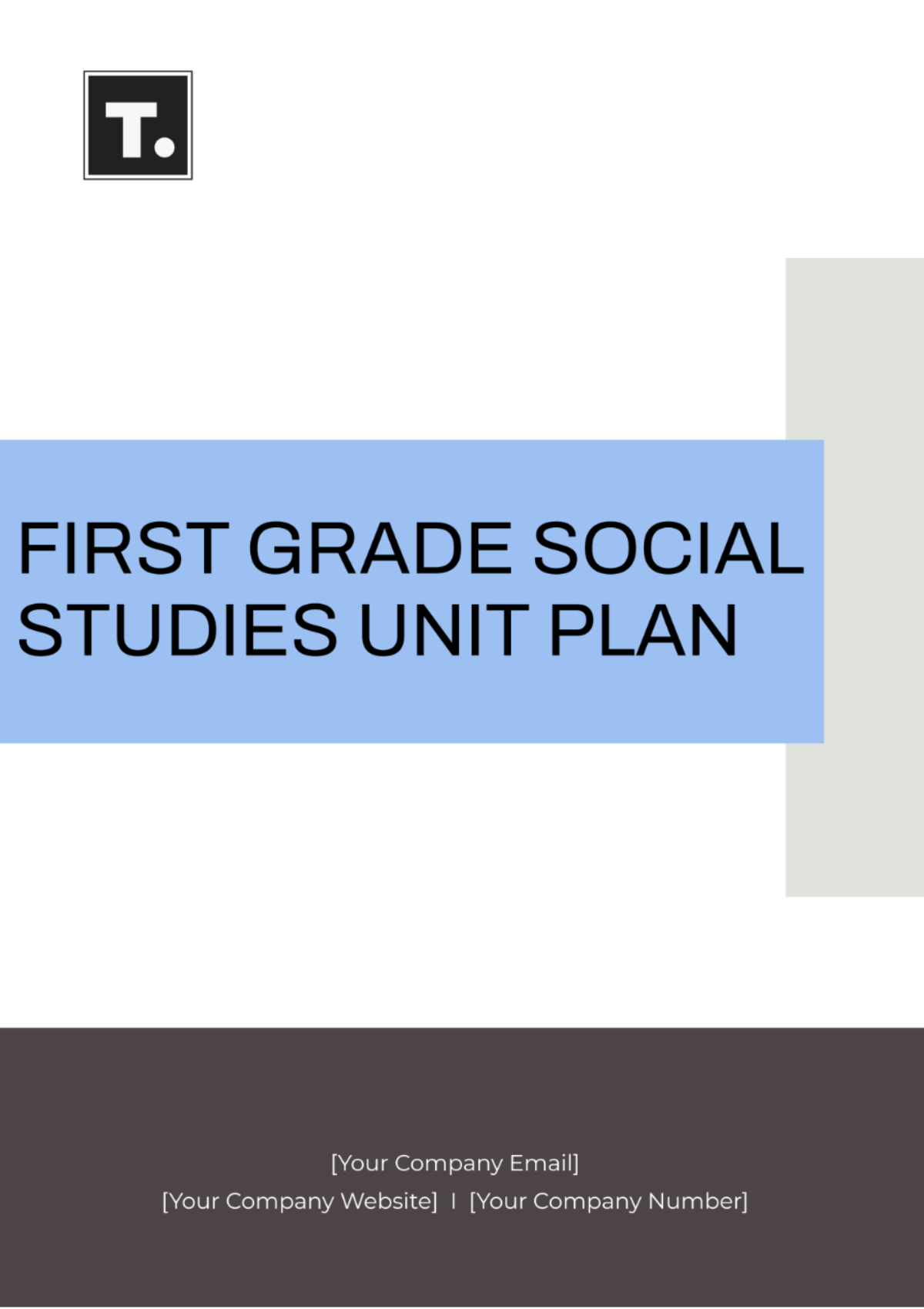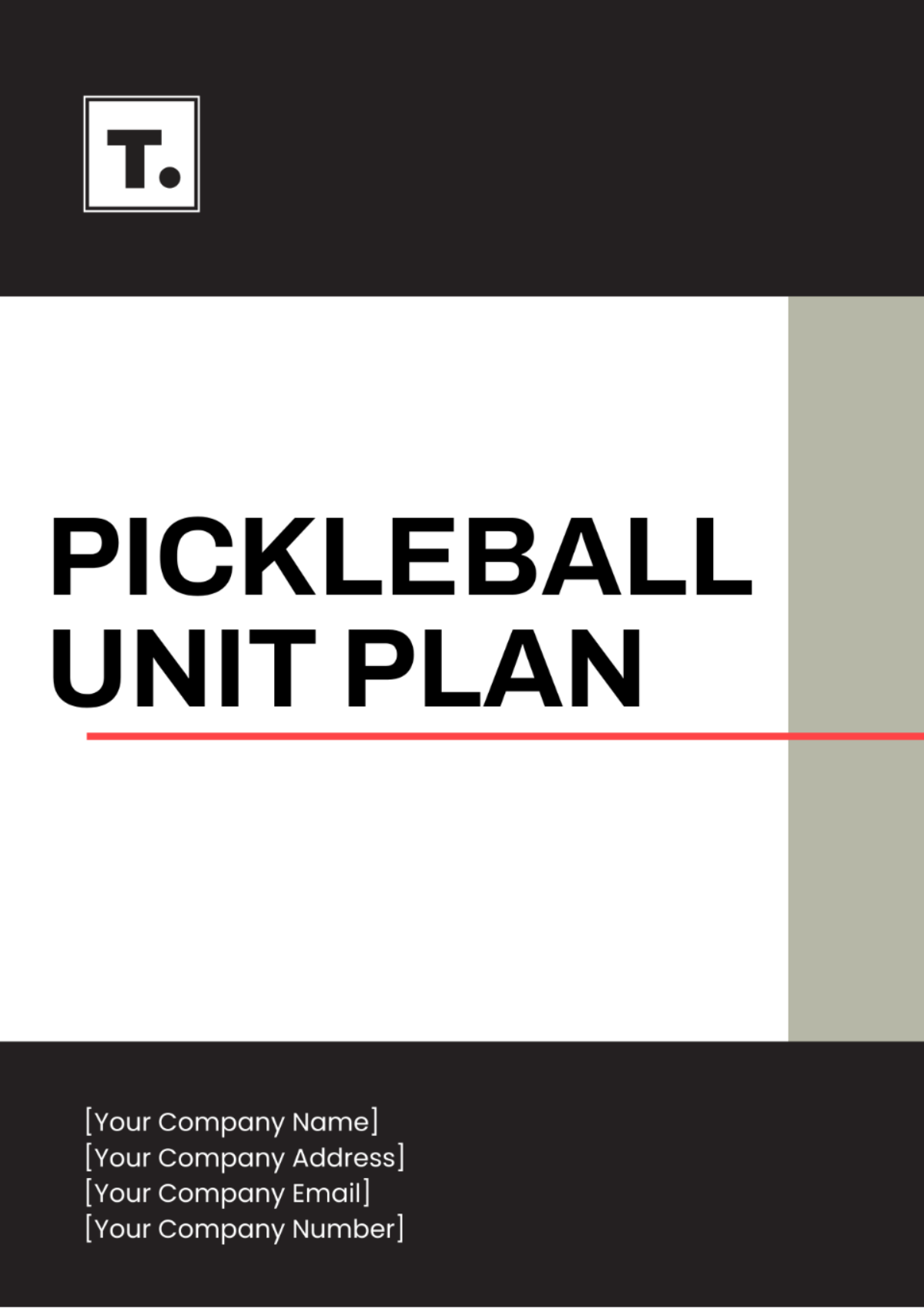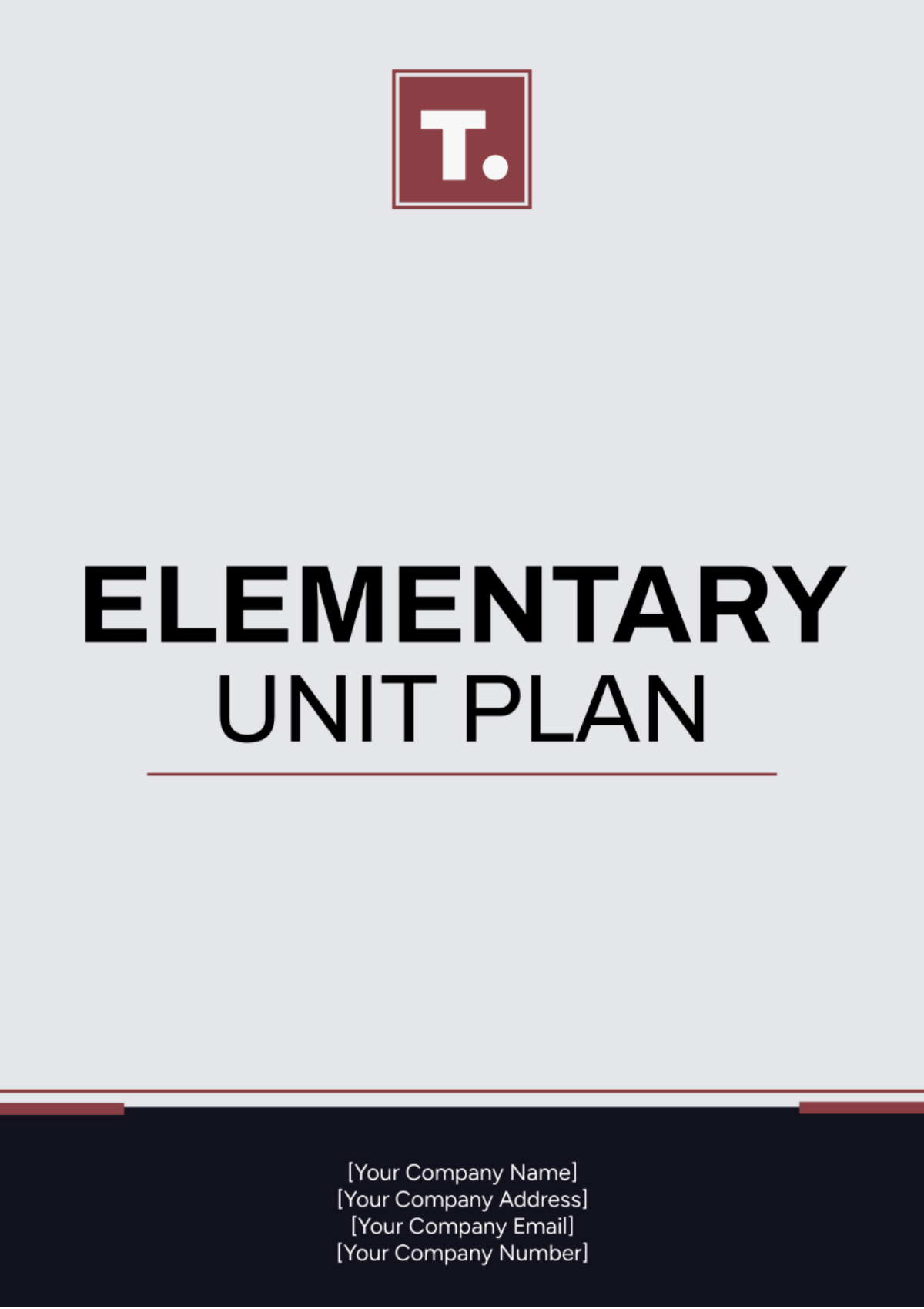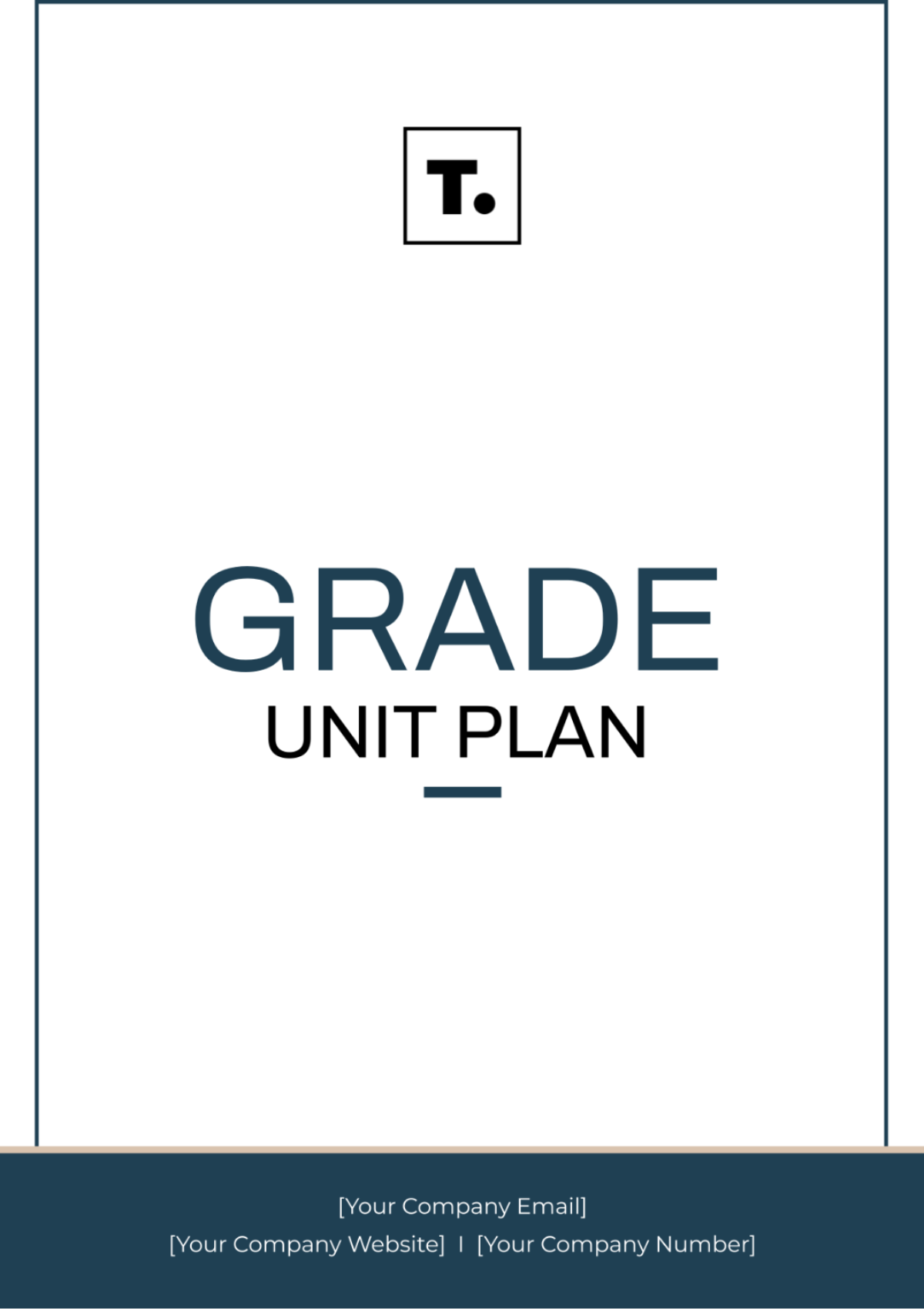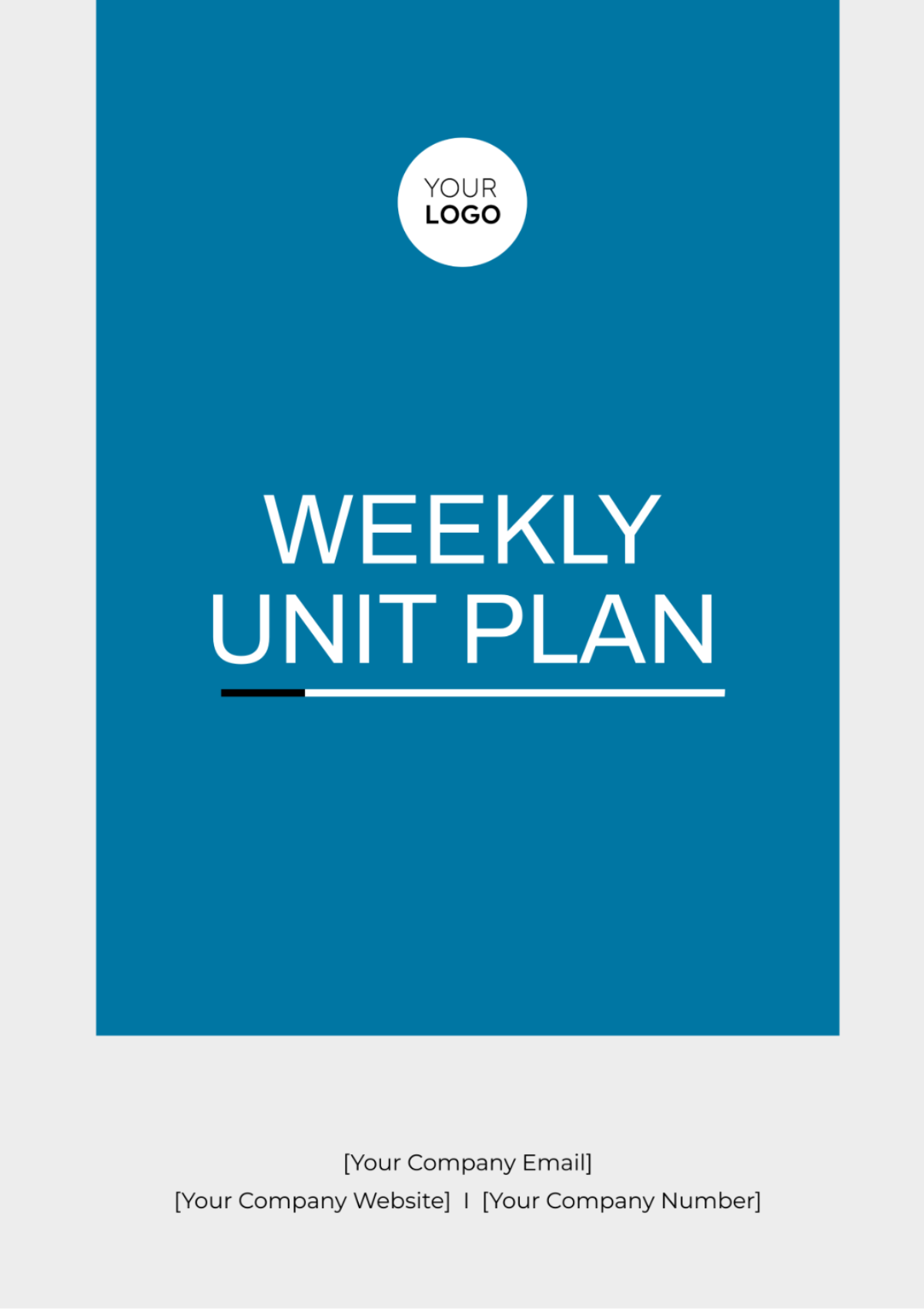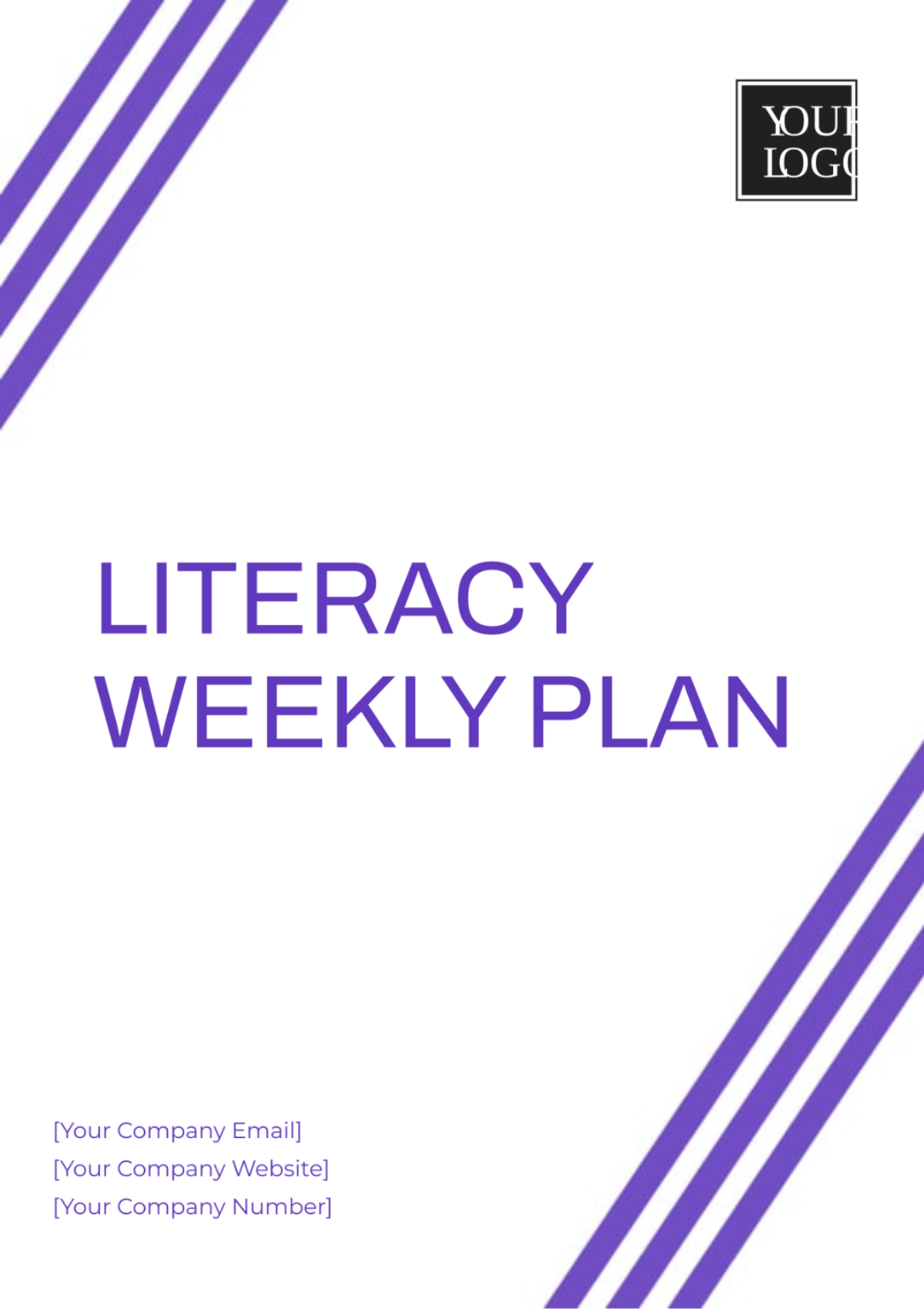Grade K-2 Unit Plan
Prepared by: [Your Name]
Subject: Comprehensive Learning
Topic: Exploring the Basics of Language Arts, Math,
Science, Social Studies, and Art
Date: [Date]
I. Overview and Objectives
This unit is designed to introduce kindergarten to 2nd-grade students to foundational concepts across various subjects such as Language Arts, Math, Science, Social Studies, and Art. The unit aims to foster a holistic understanding and encourage an interdisciplinary approach to learning by linking different subjects through a coherent theme.
Learning Objectives:
Develop basic reading, writing, and phonetic skills.
Understand fundamental mathematical concepts such as addition, subtraction, shapes, and patterns.
Explore basic scientific principles and conduct simple experiments.
Gain introductory knowledge about local communities and significant historical events.
Express creativity through various forms of art and understand art vocabulary.
II. Alignment with Standards
This unit plan aligns with the Common Core State Standards (CCSS) and Next Generation Science Standards (NGSS) to ensure an integrated and robust educational experience for students.
Language Arts:
Standards | Objectives |
|---|---|
CCSS.ELA-LITERACY.RL. K.1 | With prompting and support, ask and answer questions about key details in a text. |
CCSS.ELA-LITERACY.W.K.2 | Use a combination of drawing, dictating, and writing to compose informative/explanatory texts. |
Mathematics:
Standards | Objectives |
|---|---|
CCSS.MATH.CONTENT.K.CC. A.1 | Count to 100 by ones and by tens. |
CCSS.MATH.CONTENT.K.OA. A.1 | Represent addition and subtraction with objects, fingers, mental images, drawings, sounds, acting out situations, verbal explanations, expressions, or equations. |
Science:
Standards | Objectives |
|---|---|
NGSS.K-2-ETS1-1 | Ask questions, make observations, and gather information about a situation people want to change to define a simple problem that can be solved through the development of a new or improved object or tool. |
III. Instructional Strategies
Language Arts:
Interactive read-aloud and shared reading sessions.
Phonics games and literacy centers.
Writing workshops involving drawing and narrative storytelling.
Mathematics:
Manipulative-based activities for hands-on learning.
Number talks and small-group math discussions.
Use of math centers and technology integration for practice and reinforcement.
Science:
Simple experiments and observation activities.
Nature walks and related discussions.
Hands-on projects and crafting models to understand concepts.
Social Studies:
Storytelling sessions about historical events and figures.
Community walks and map-making activities.
Role-playing exercises to understand societal roles.
Art:
Exploration of different art materials and techniques.
Art appreciation sessions focusing on various artists and styles.
Collaborative art projects to foster teamwork and creativity.
IV. Assessment Methods
To evaluate the effectiveness of the unit and ensure students have achieved the learning objectives, the following assessment methods will be employed:
Formative Assessments:
Daily observation and anecdotal notes.
Student self-assessments and reflections.
Interactive activities and games.
Summative Assessments:
End-of-unit projects and presentations.
Standardized testing tailor-made for the specific grade level.
Portfolio assessments including students' work samples across various subjects.
V. Resources and Materials
To successfully deliver this unit plan, the following resources and materials will be required:
Books for read-aloud and independent reading.
Math manipulatives like counting blocks, shapes, and number charts.
Science experiment kits and observation journals.
Art supplies including crayons, markers, paper, and paint.
Technology resources such as tablets or computers for educational games and research.
Access to a community library and nearby nature trails for field trips.
VI. Timeline
This unit is planned to be delivered over the course of four weeks with integrated daily lessons across all subjects.
Week | Focus |
|---|---|
Week 1 | Introduction to themes and Language Arts focus. |
Week 2 | Mathematics and introductory Science. |
Week 3 | Deep dive into Social Studies and continued Science exploration. |
Week 4 | Art projects and unit wrap-up activities. |
VII. Reflection and Improvement
Reflecting on the unit is crucial for continual improvement and ensuring the best educational experience for students. Here are the key points for reflection and improvement:
Student Engagement and Understanding:
Reflect on which activities captured students' interests the most and which were less engaging.
Assess students' understanding through their participation, questions, and feedback during lessons.
Use formative assessment data to identify areas where students struggled and succeeded.
Instructional Strategies:
Evaluate the effectiveness of different instructional strategies used in the unit.
Note any particular approaches that enhanced student learning and those that need modification.
Consider the balance between teacher-led instruction and student-centered activities.
Resource Utilization:
Review the resources and materials used during the unit.
Identify any additional resources that could have supported learning objectives better.
Gather feedback from students on their favorite and least favorite resources.
Assessment Methods:
Analyze the results of both formative and summative assessments.
Reflect on the appropriateness and accuracy of the assessments in measuring learning objectives.
Adjust future assessments based on insights gained from student performance.
Interdisciplinary Connections:
Consider how well the unit integrated the various subjects.
Reflect on the effectiveness of the interdisciplinary approach in reinforcing concepts across different areas.
Identify any gaps where connections between subjects could be strengthened.
Student Feedback:
Collect feedback from students about their learning experiences.
Use surveys, discussions, or suggestion boxes to gather their thoughts and suggestions.
Implement changes based on student feedback to improve future units.
